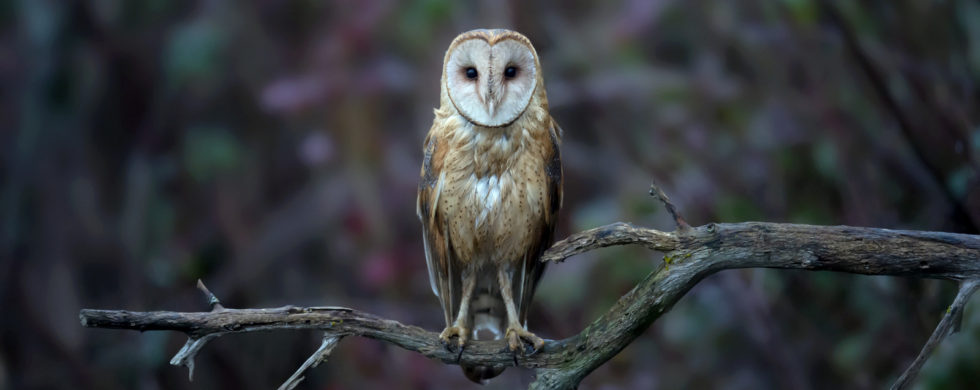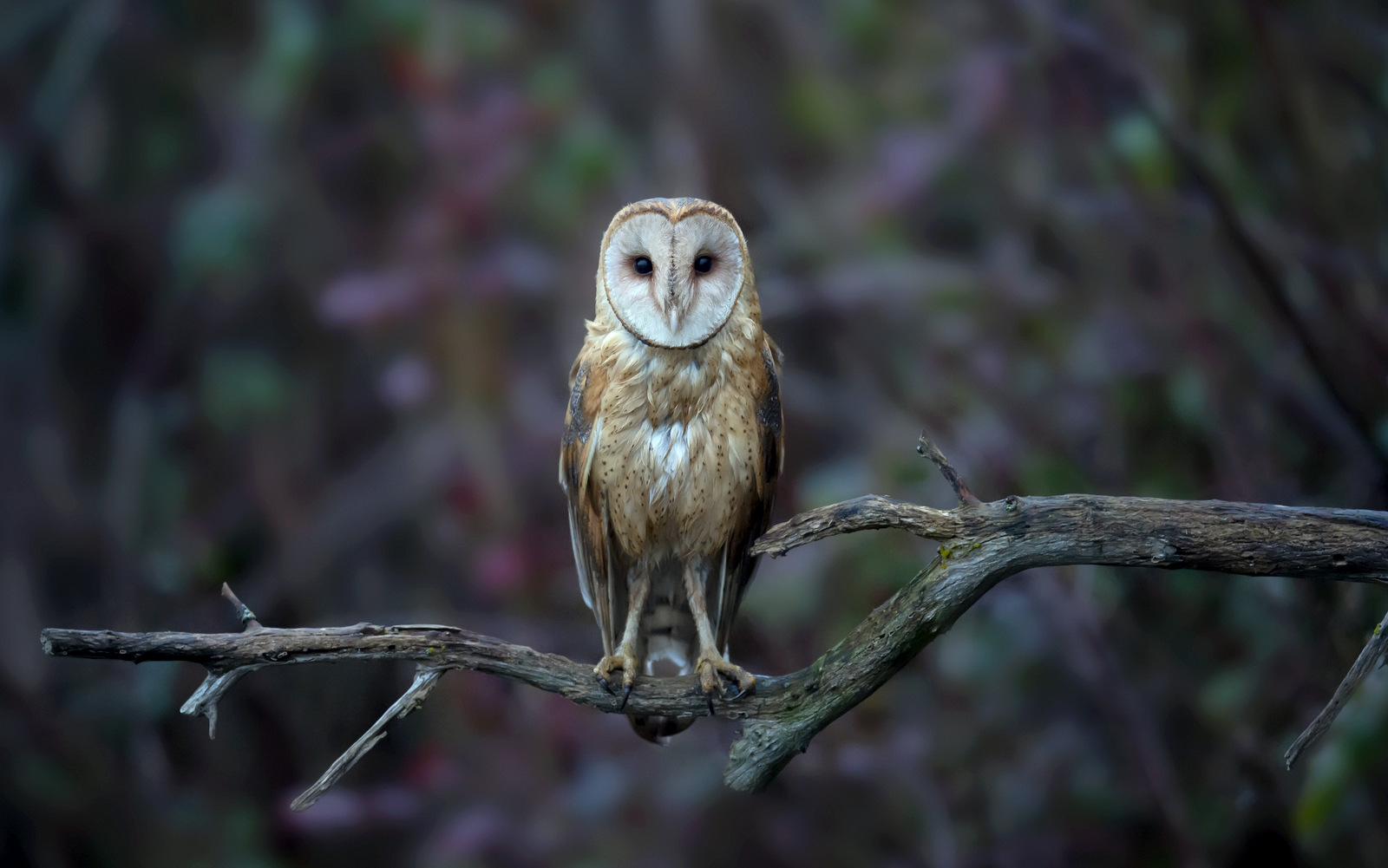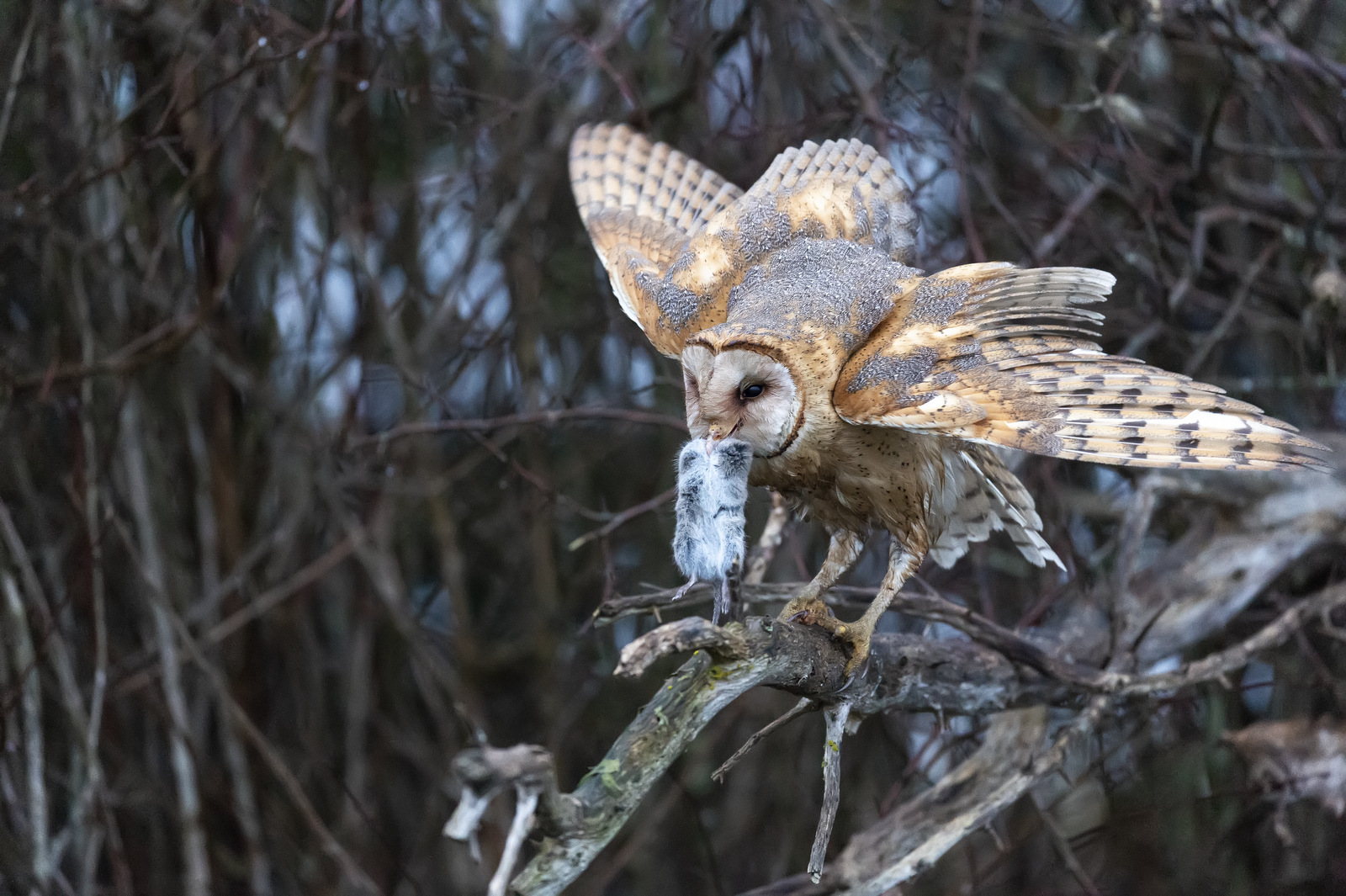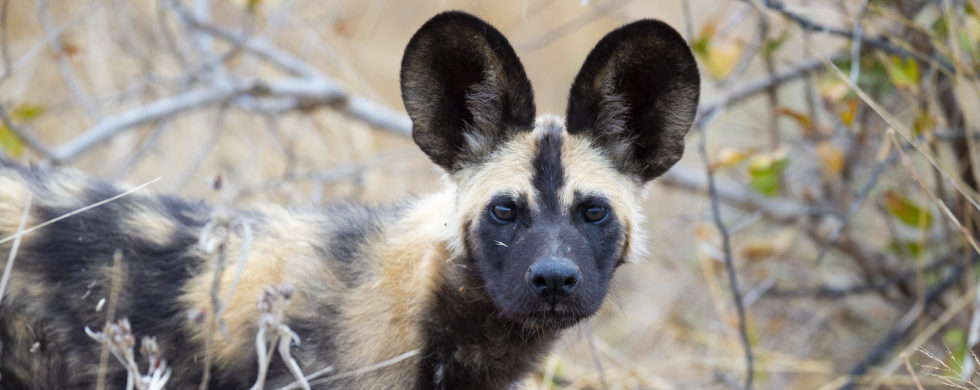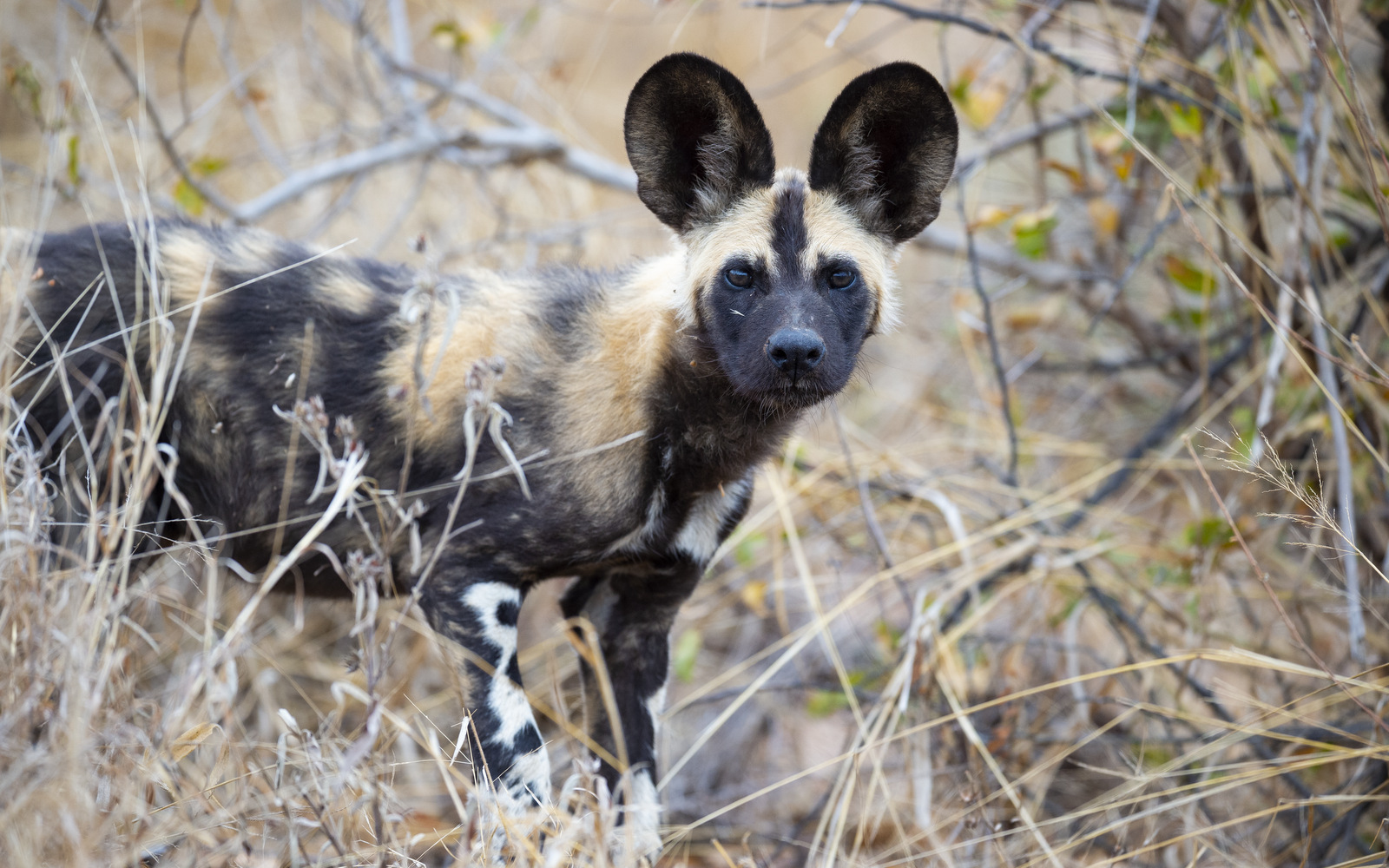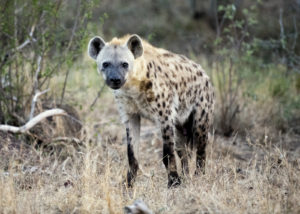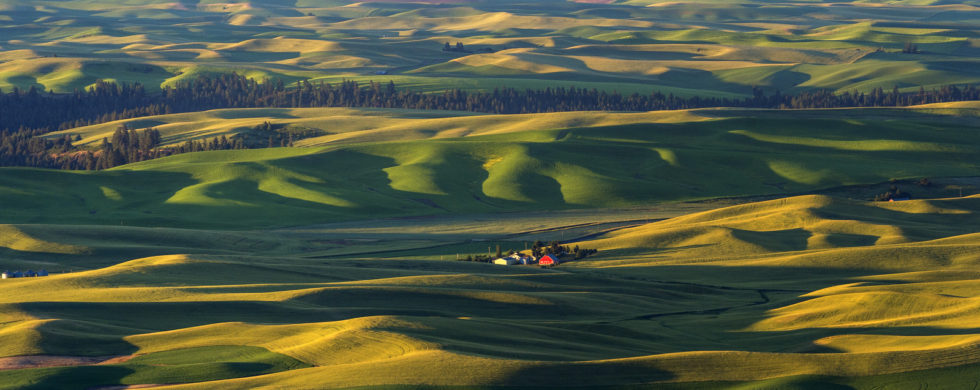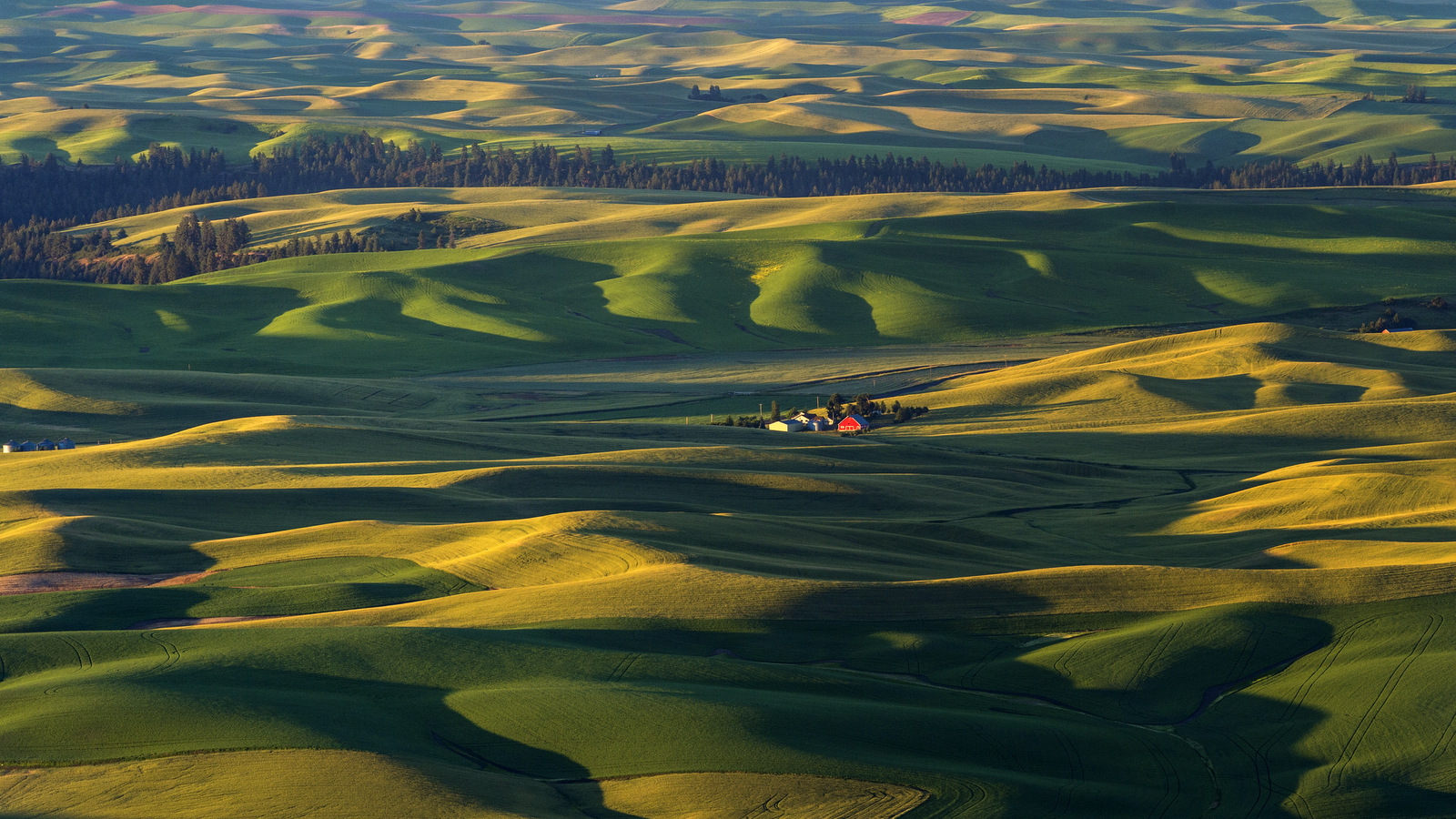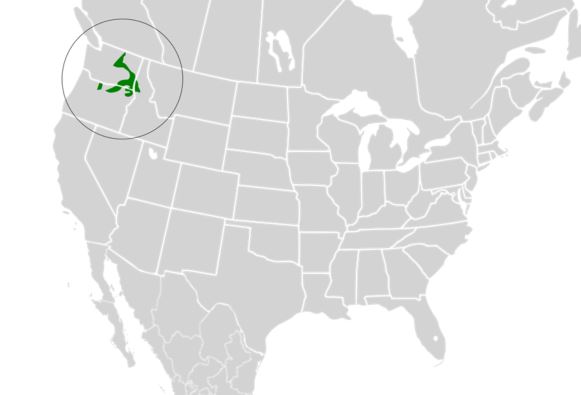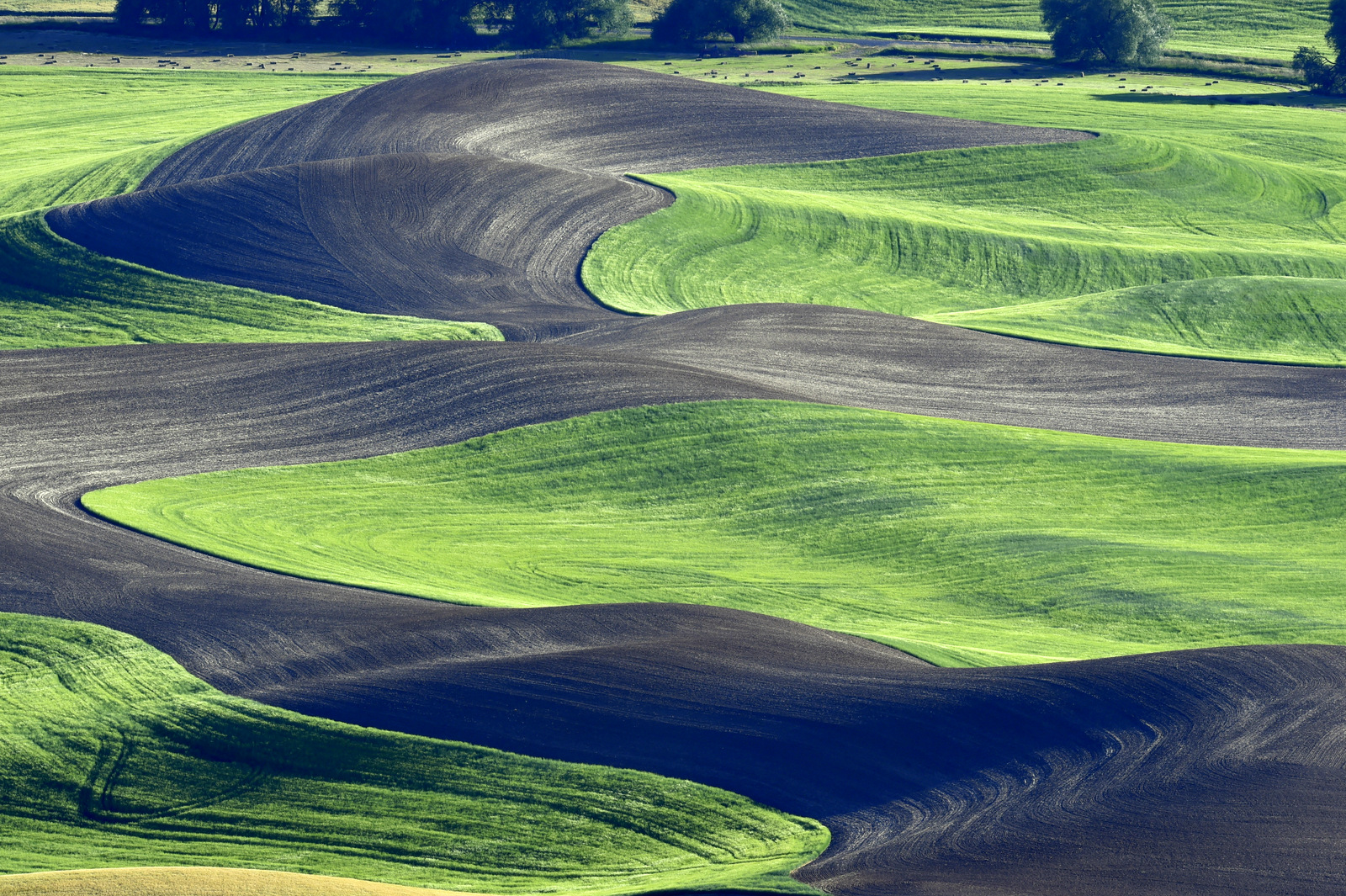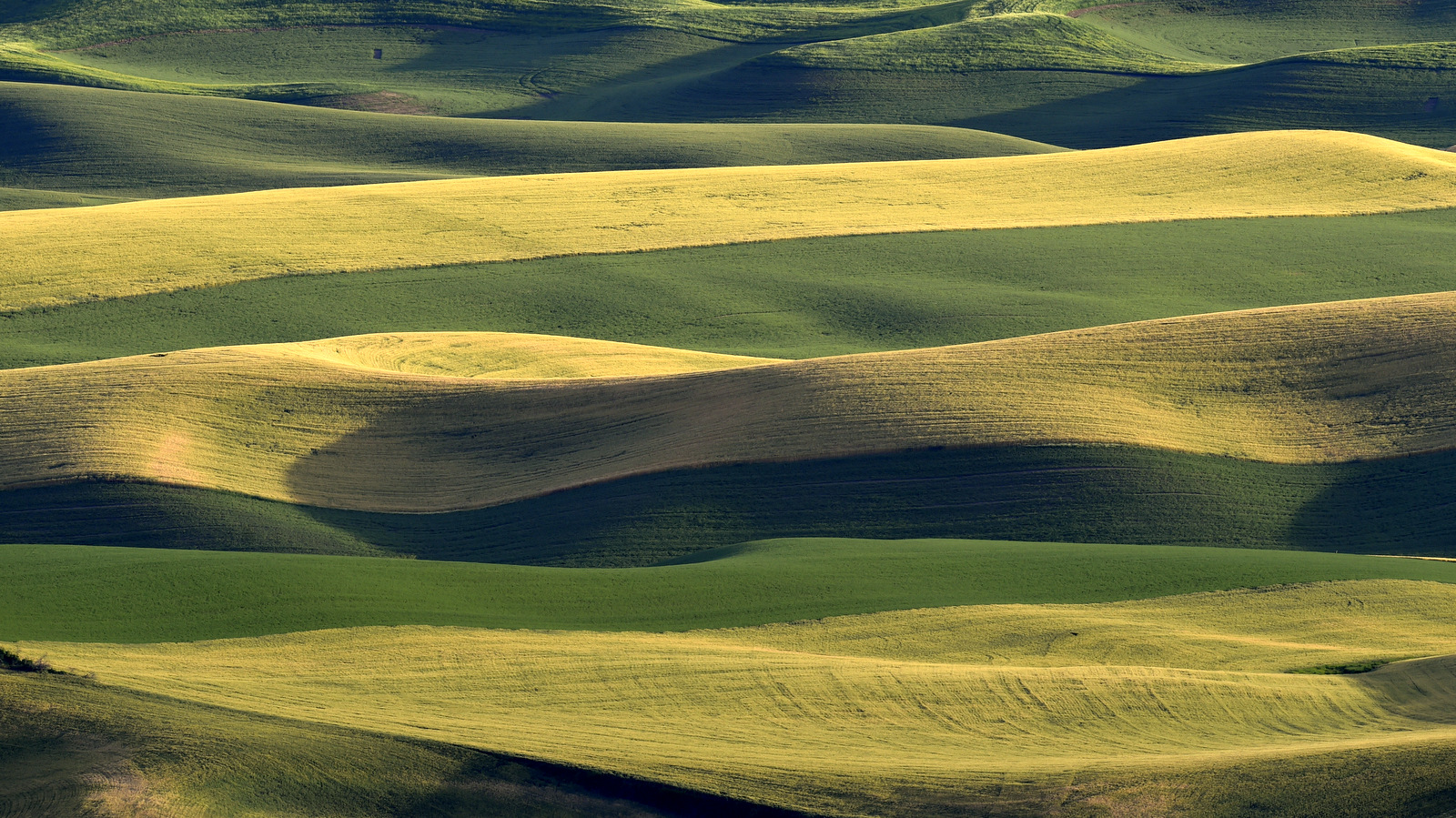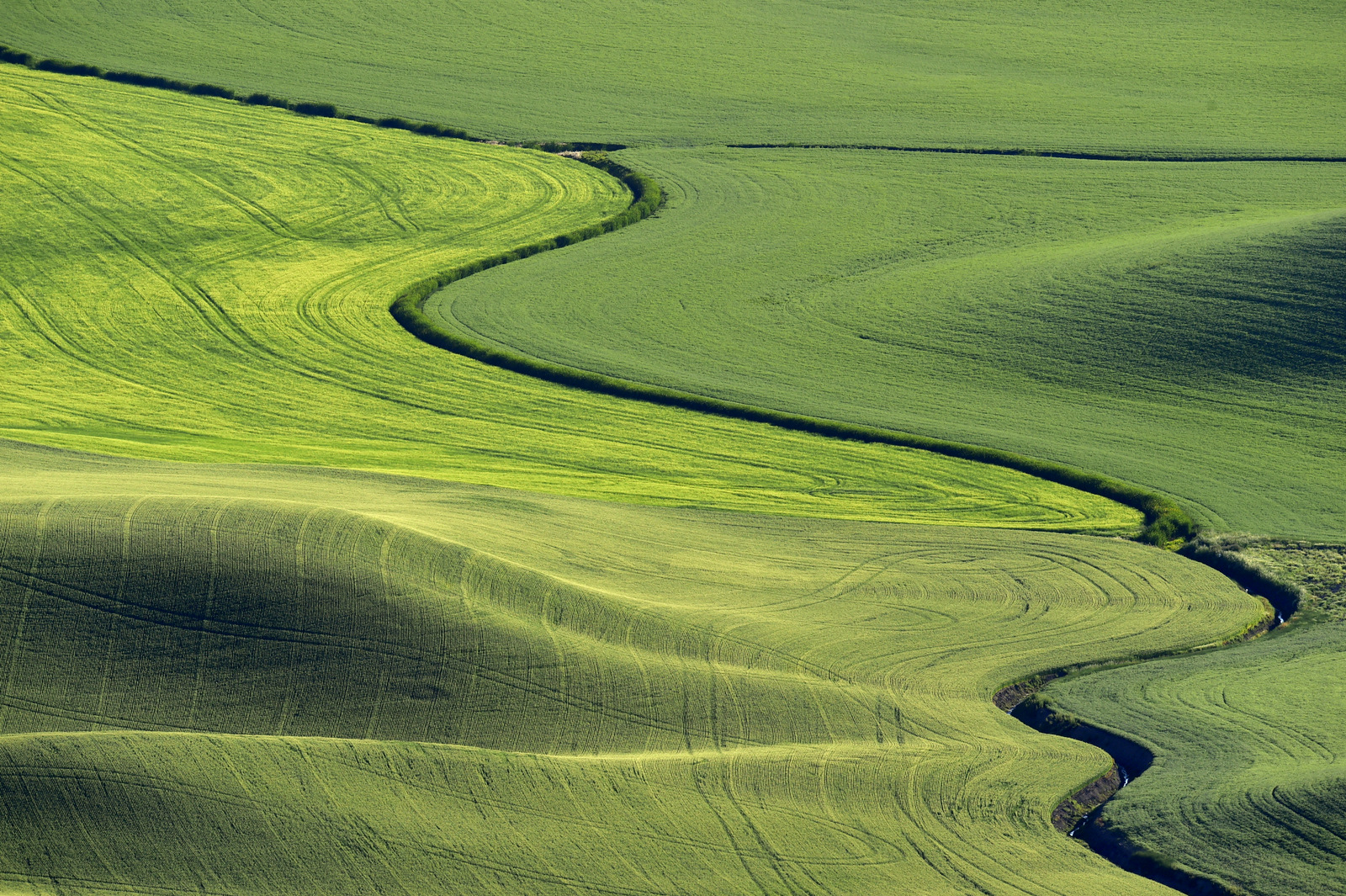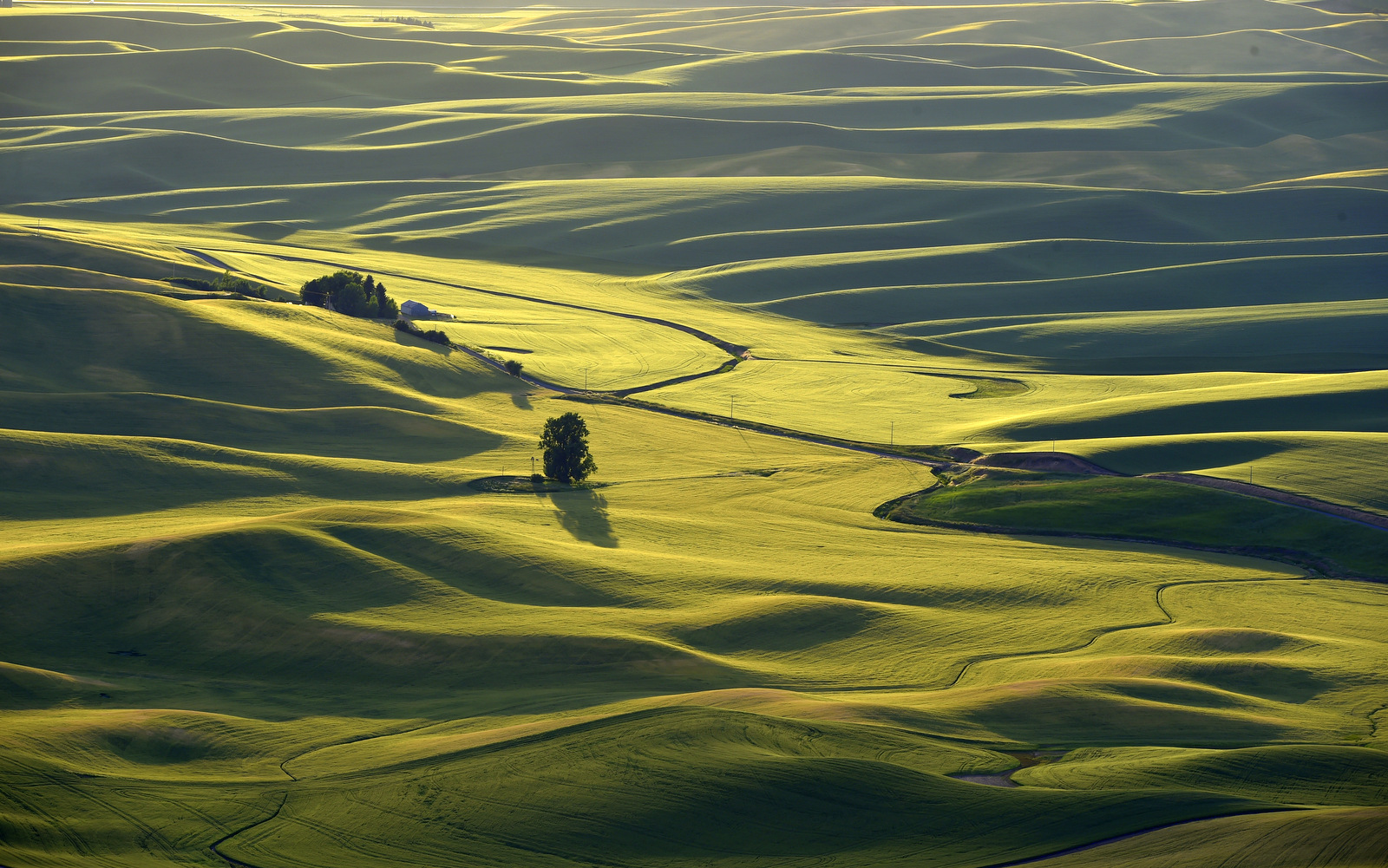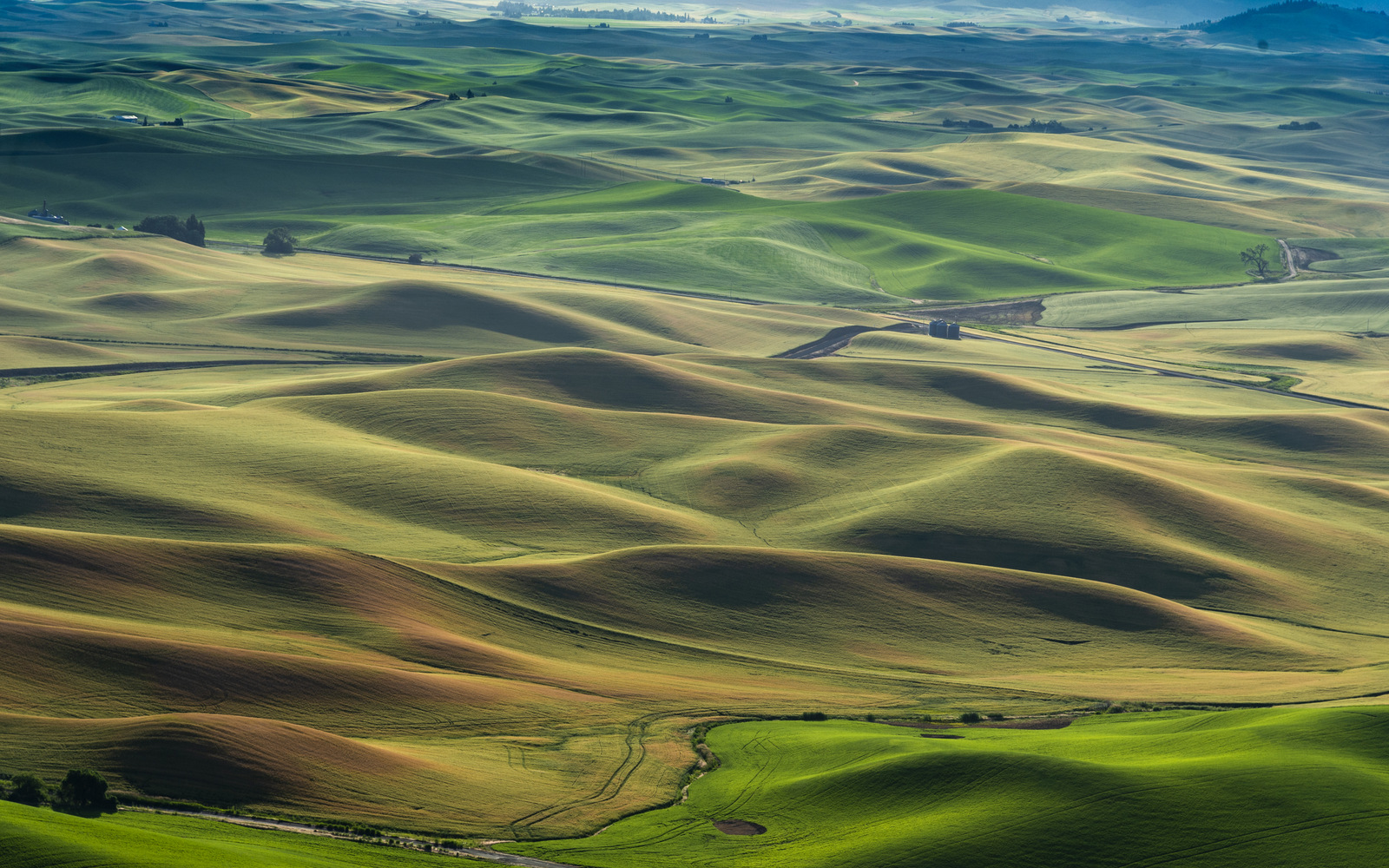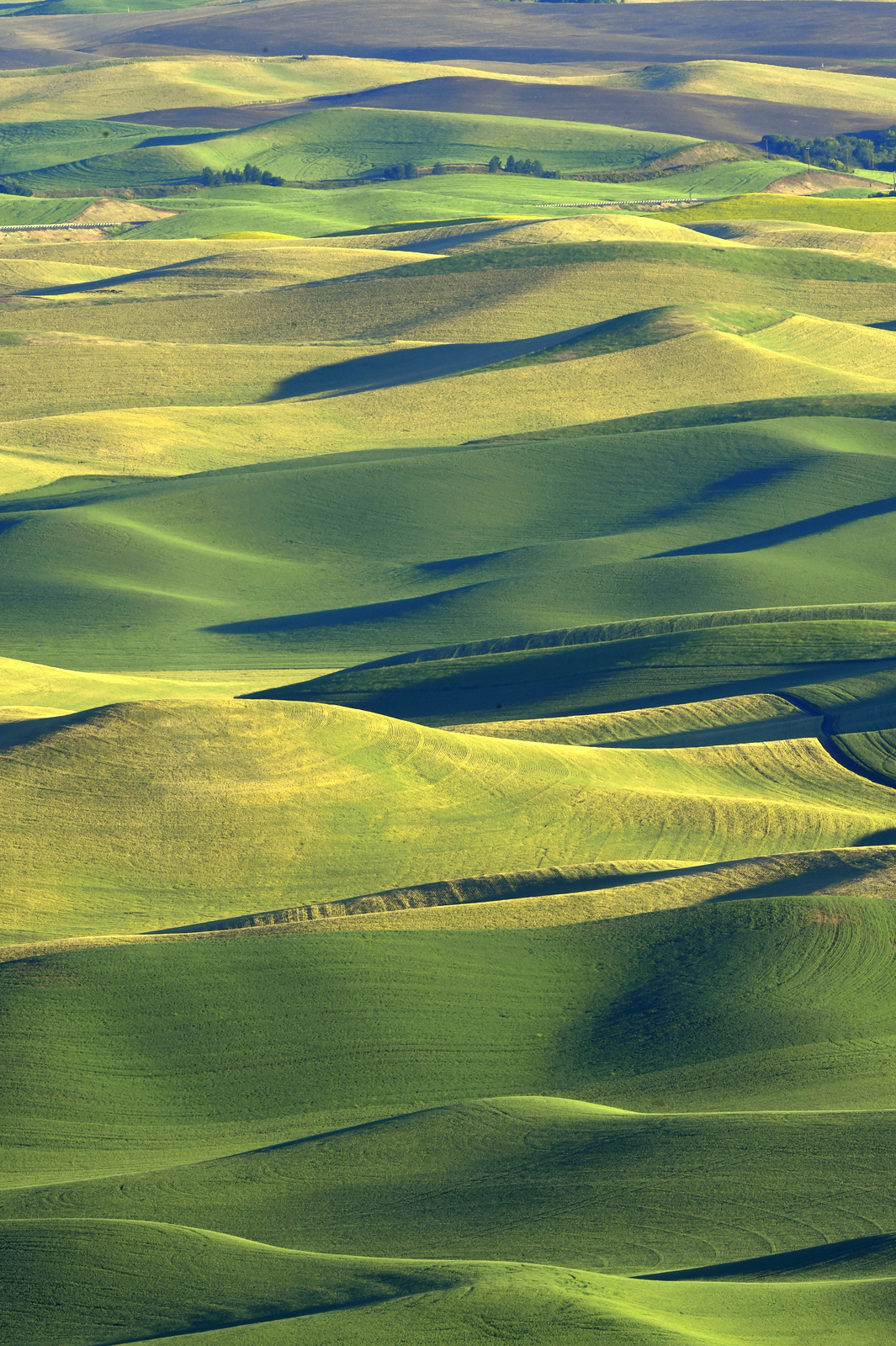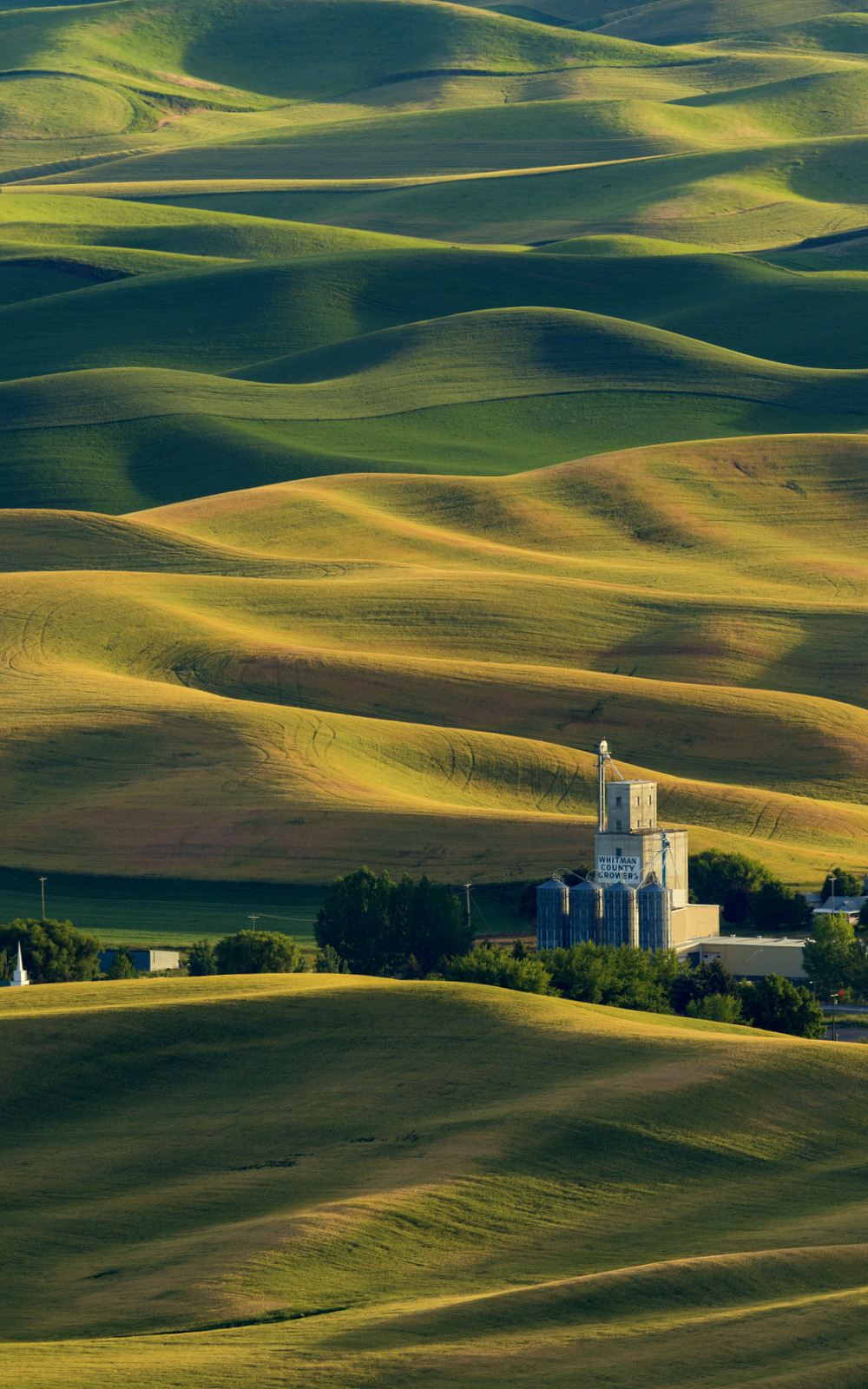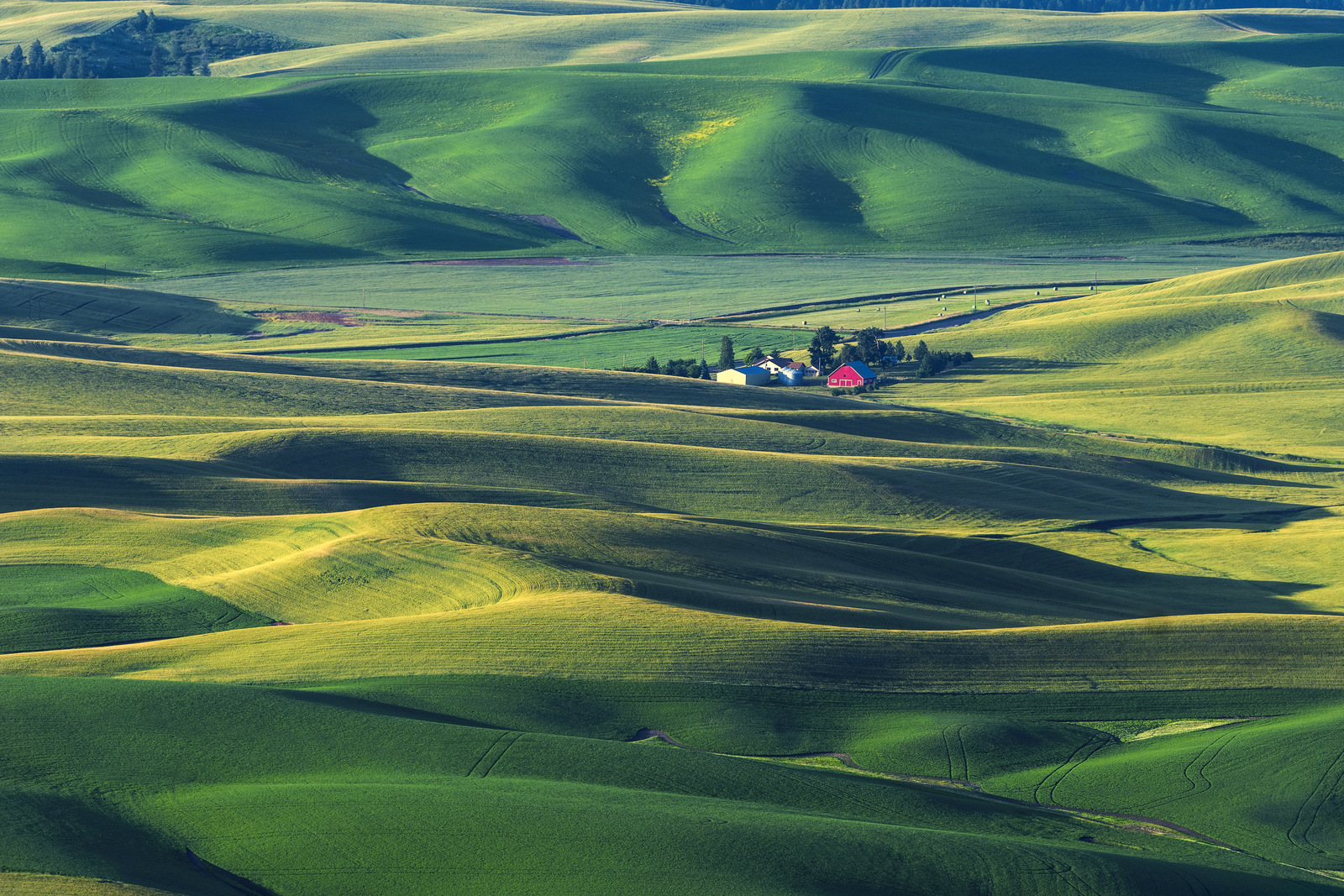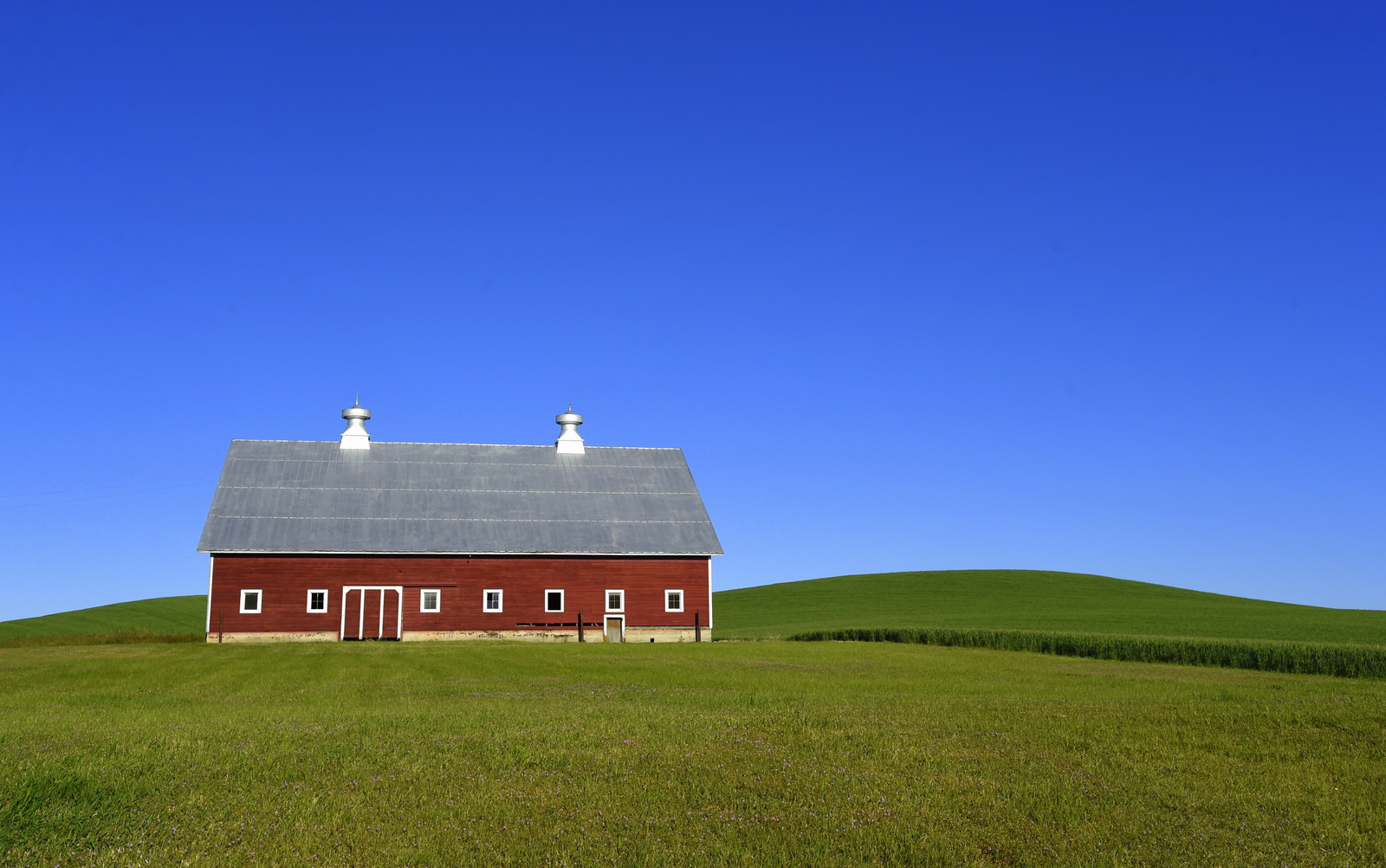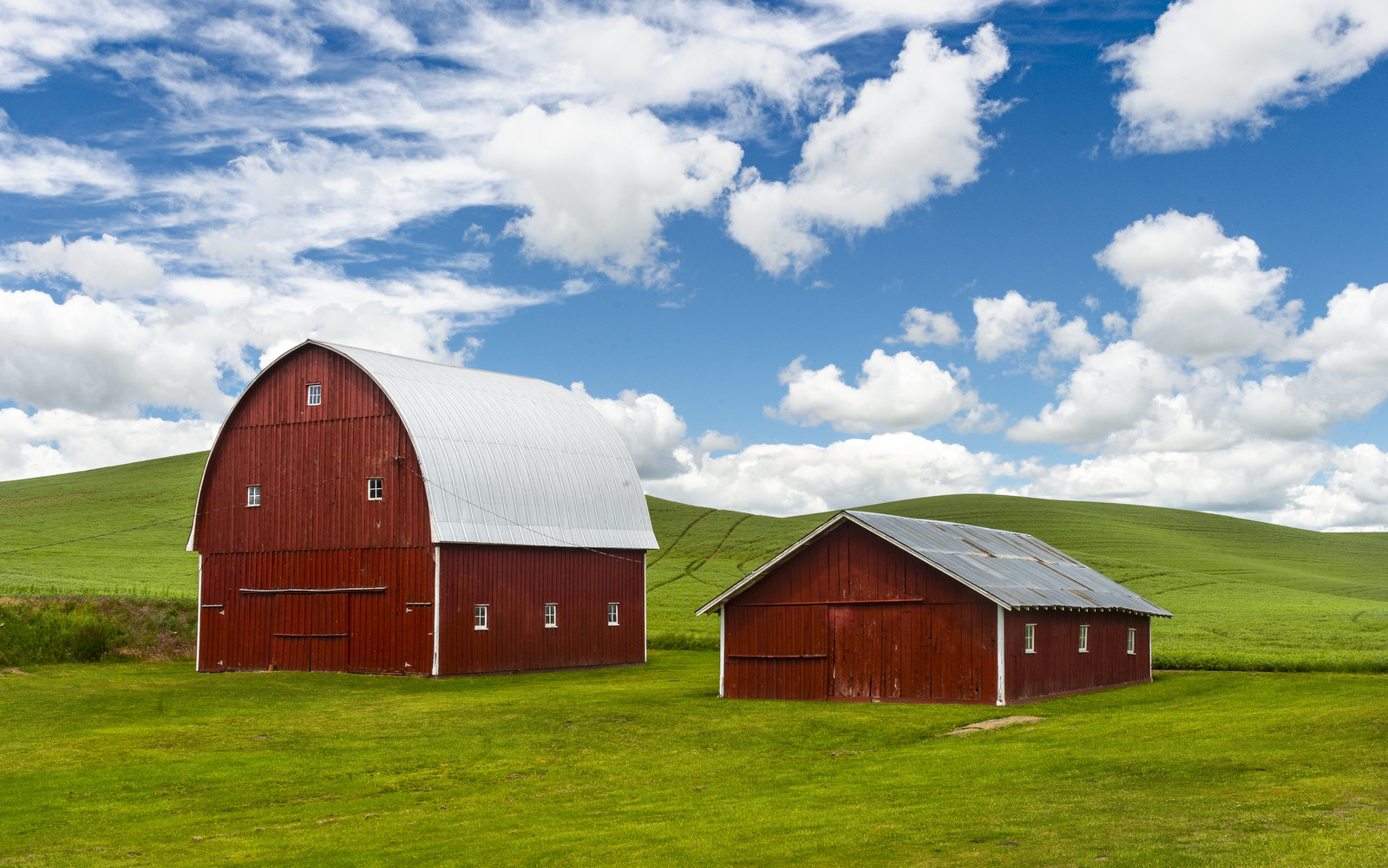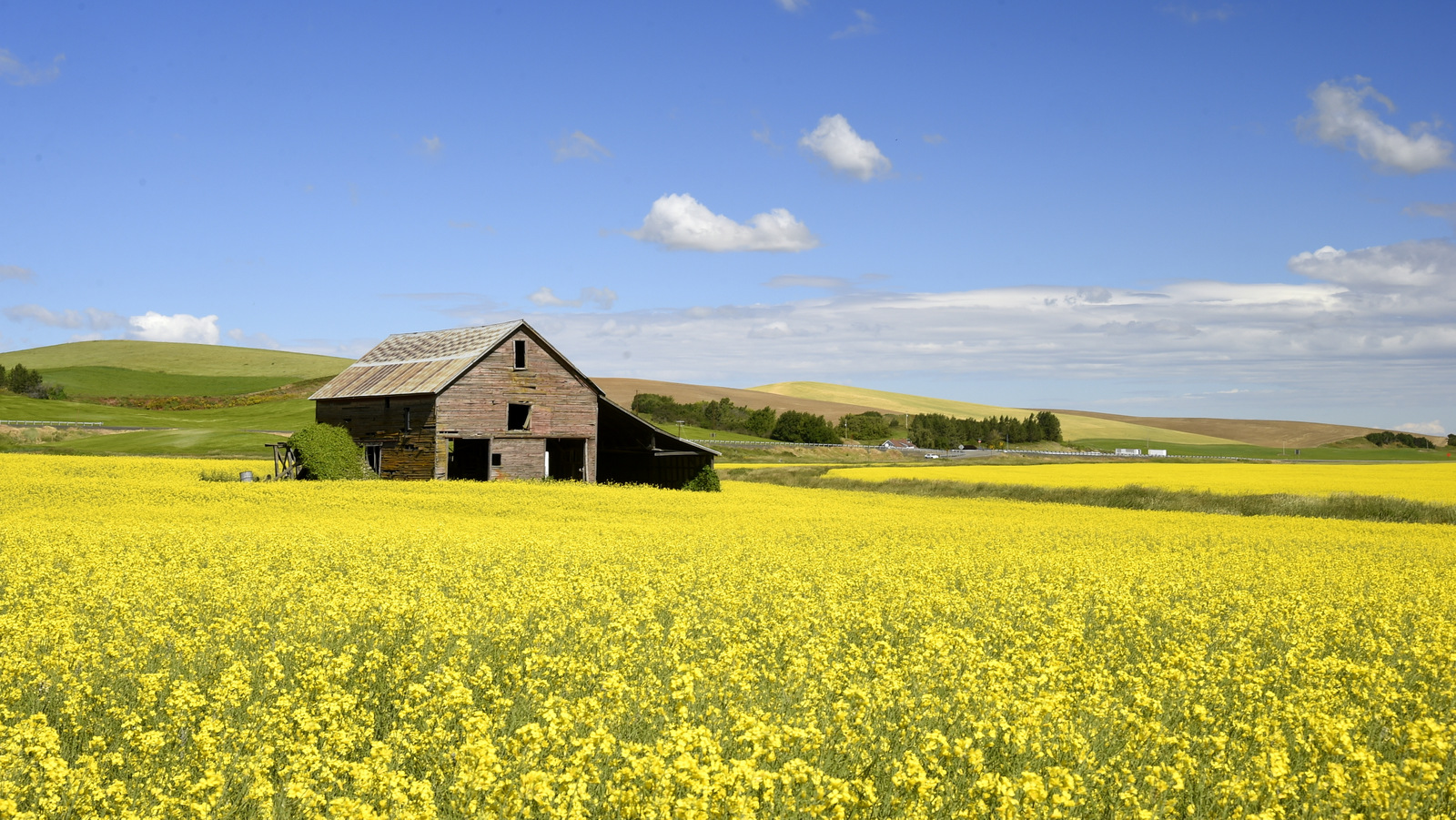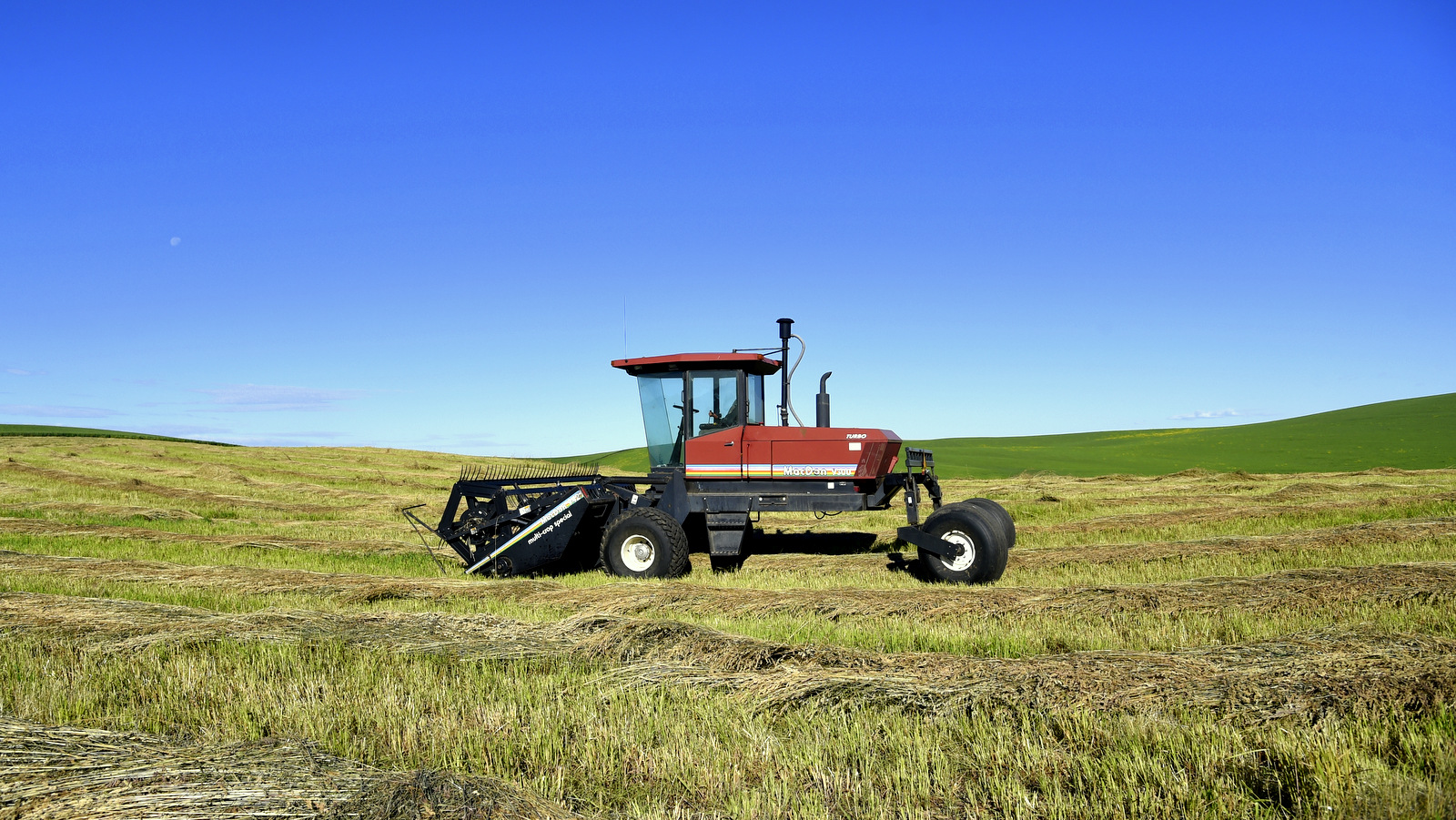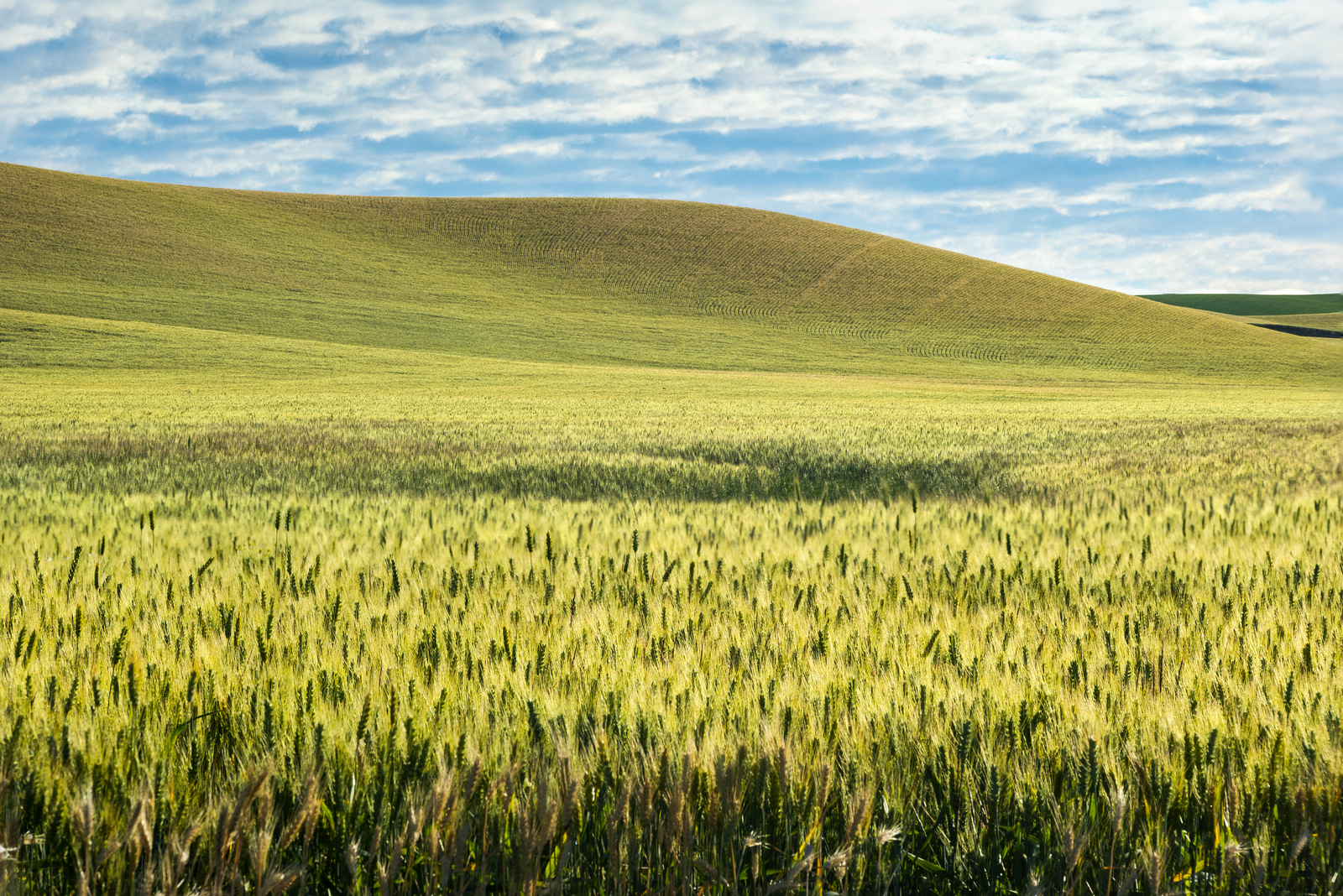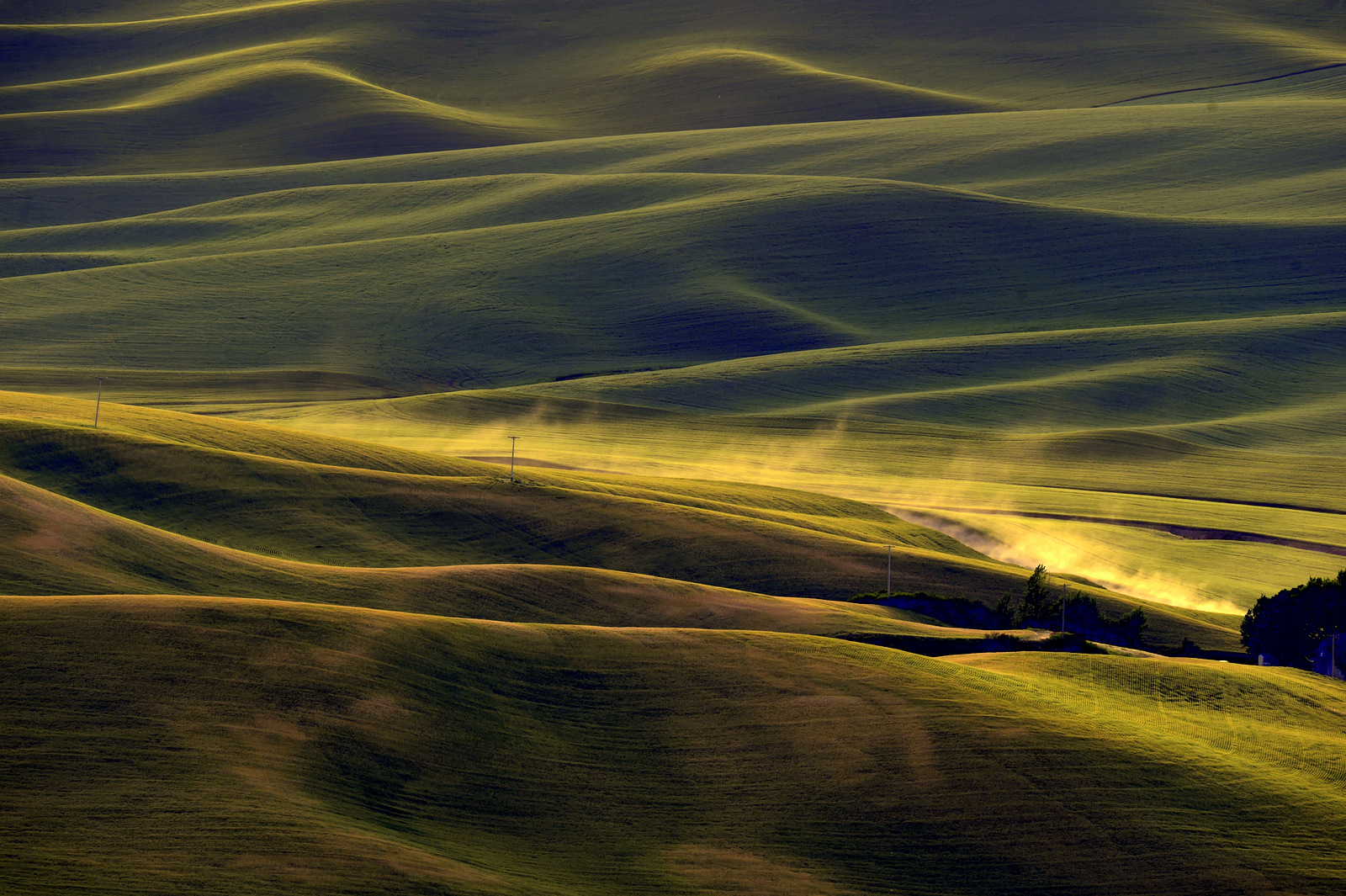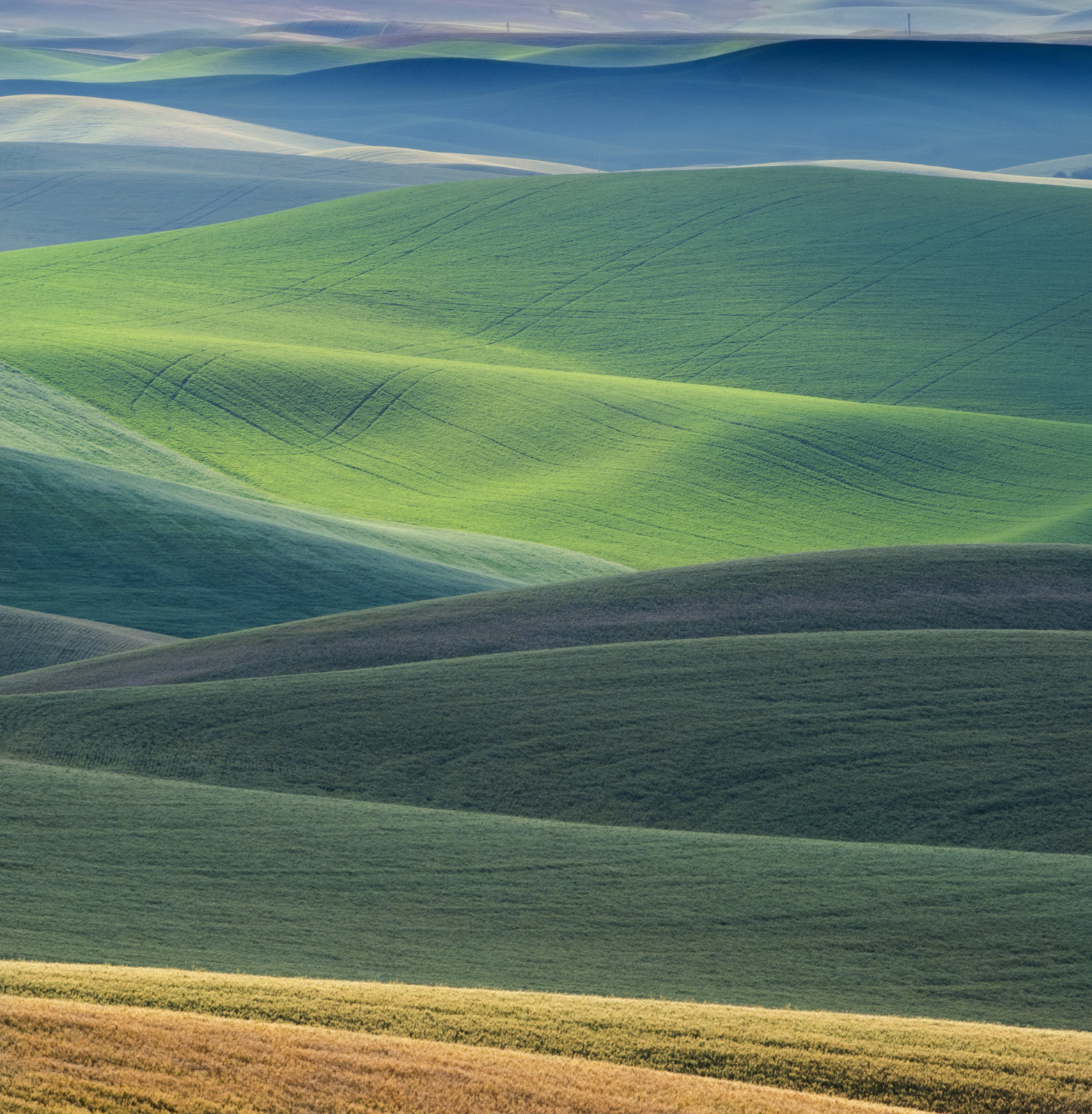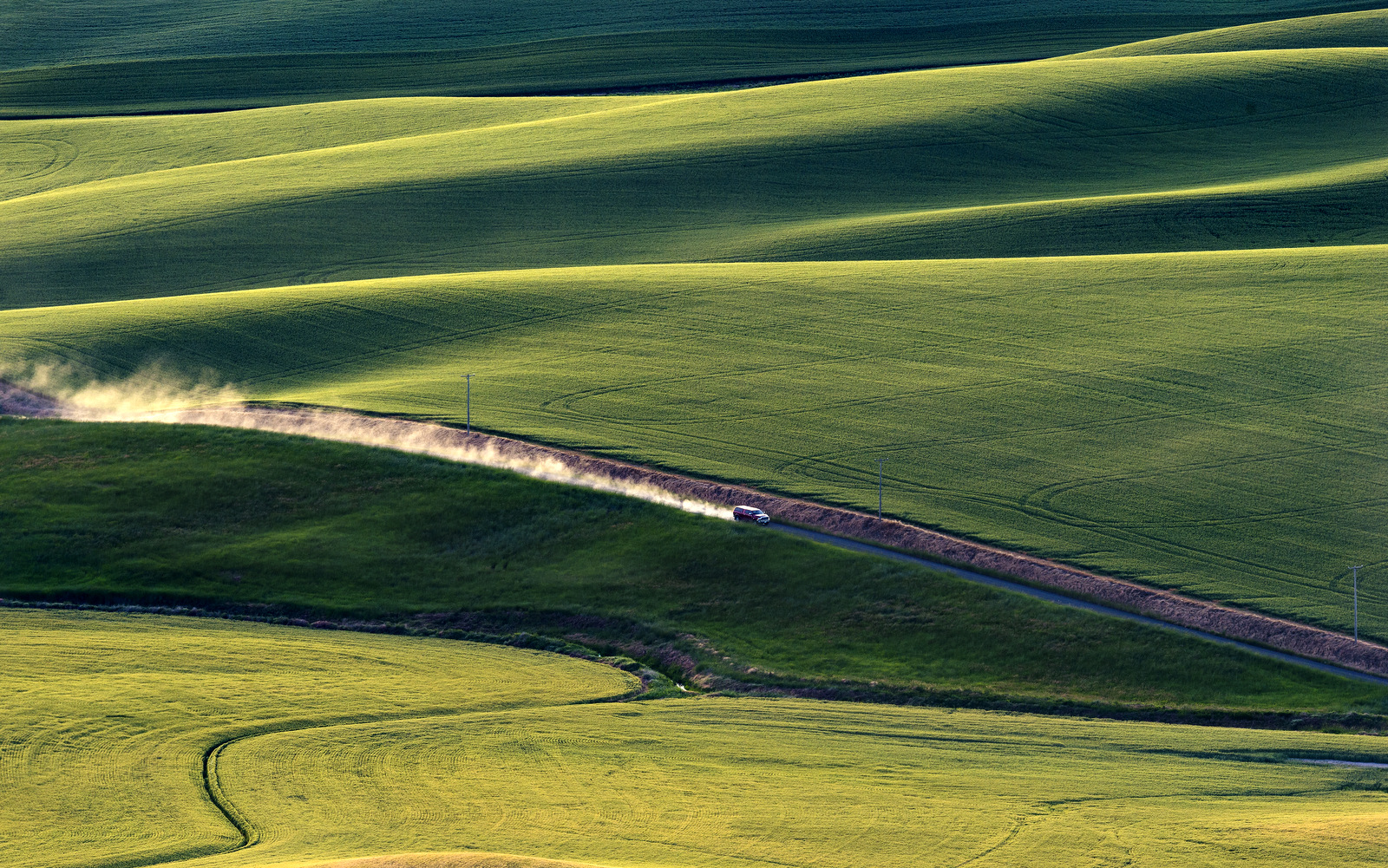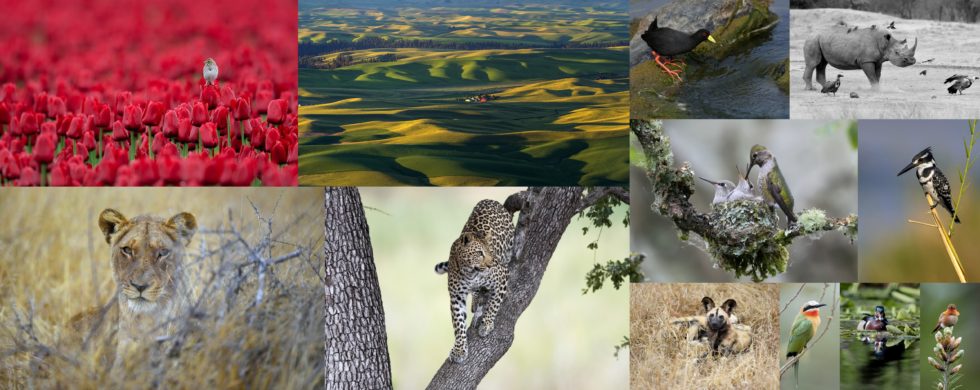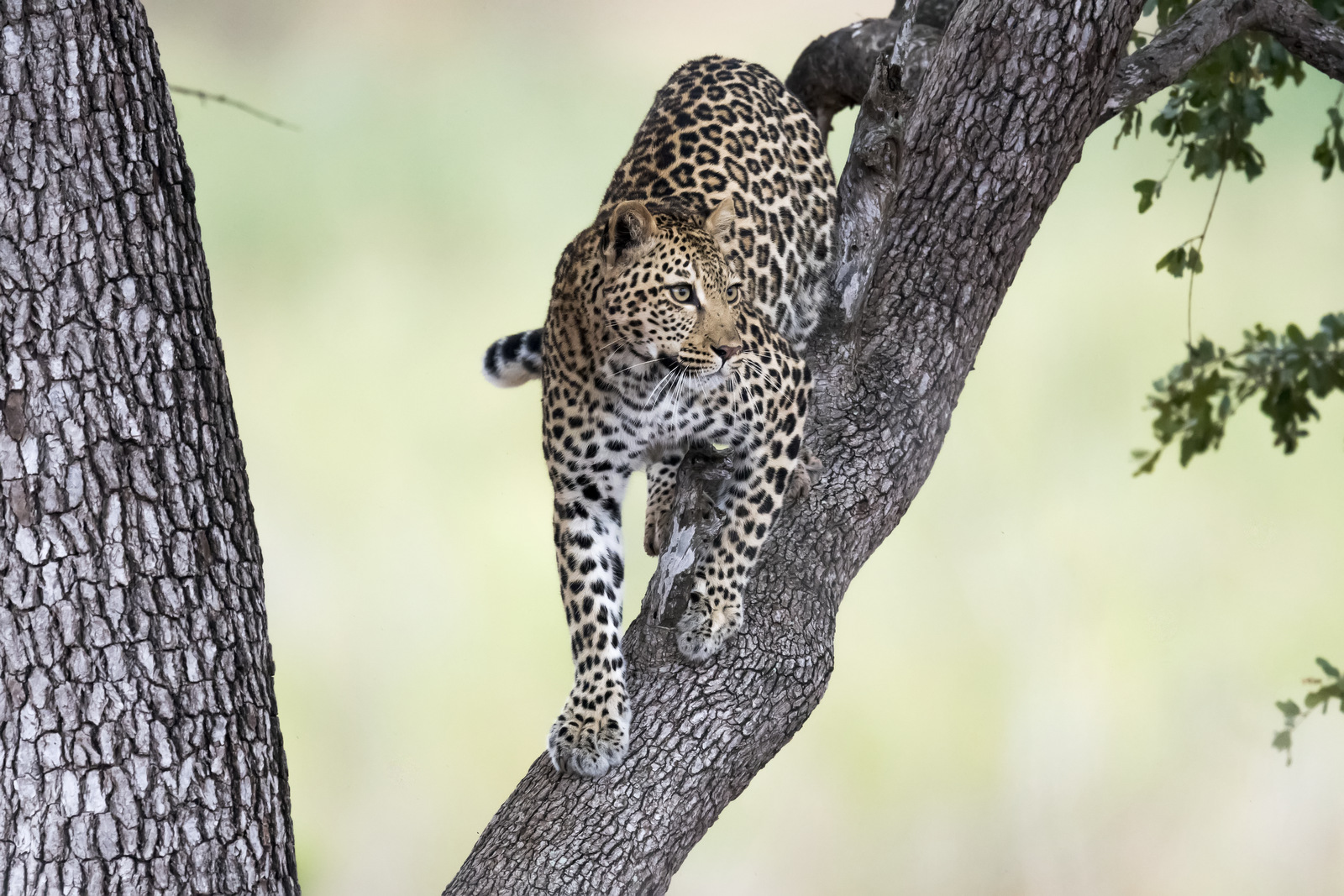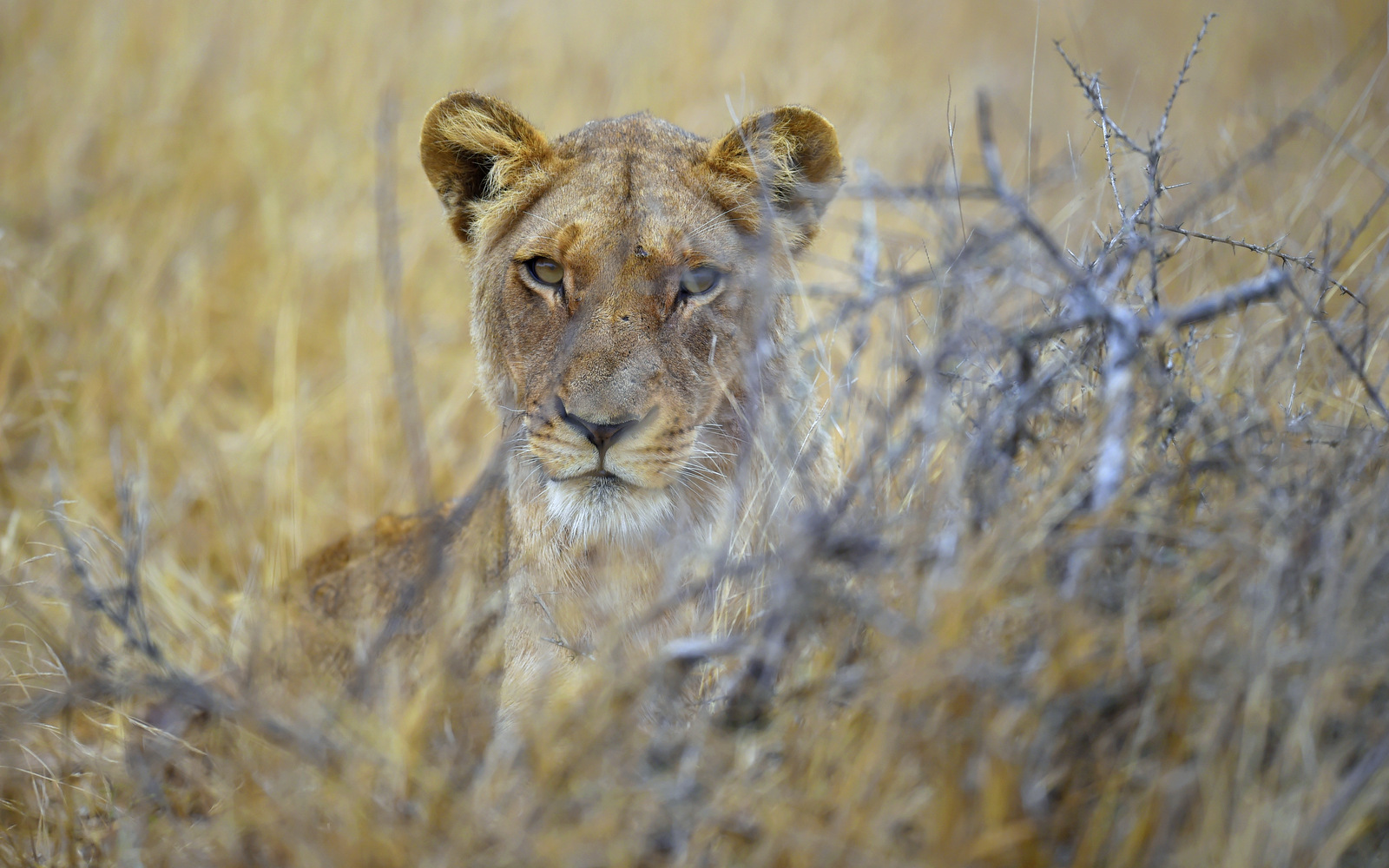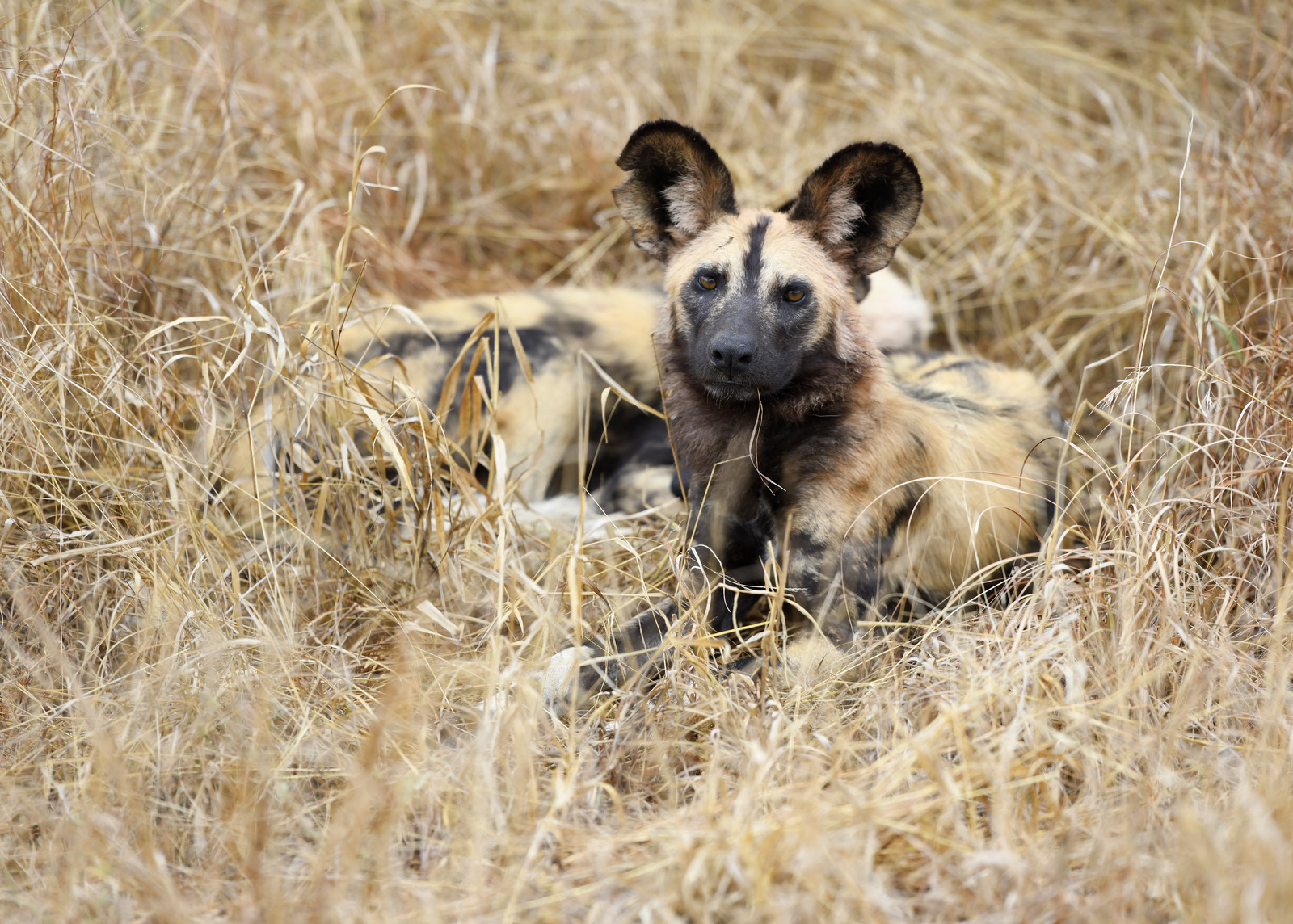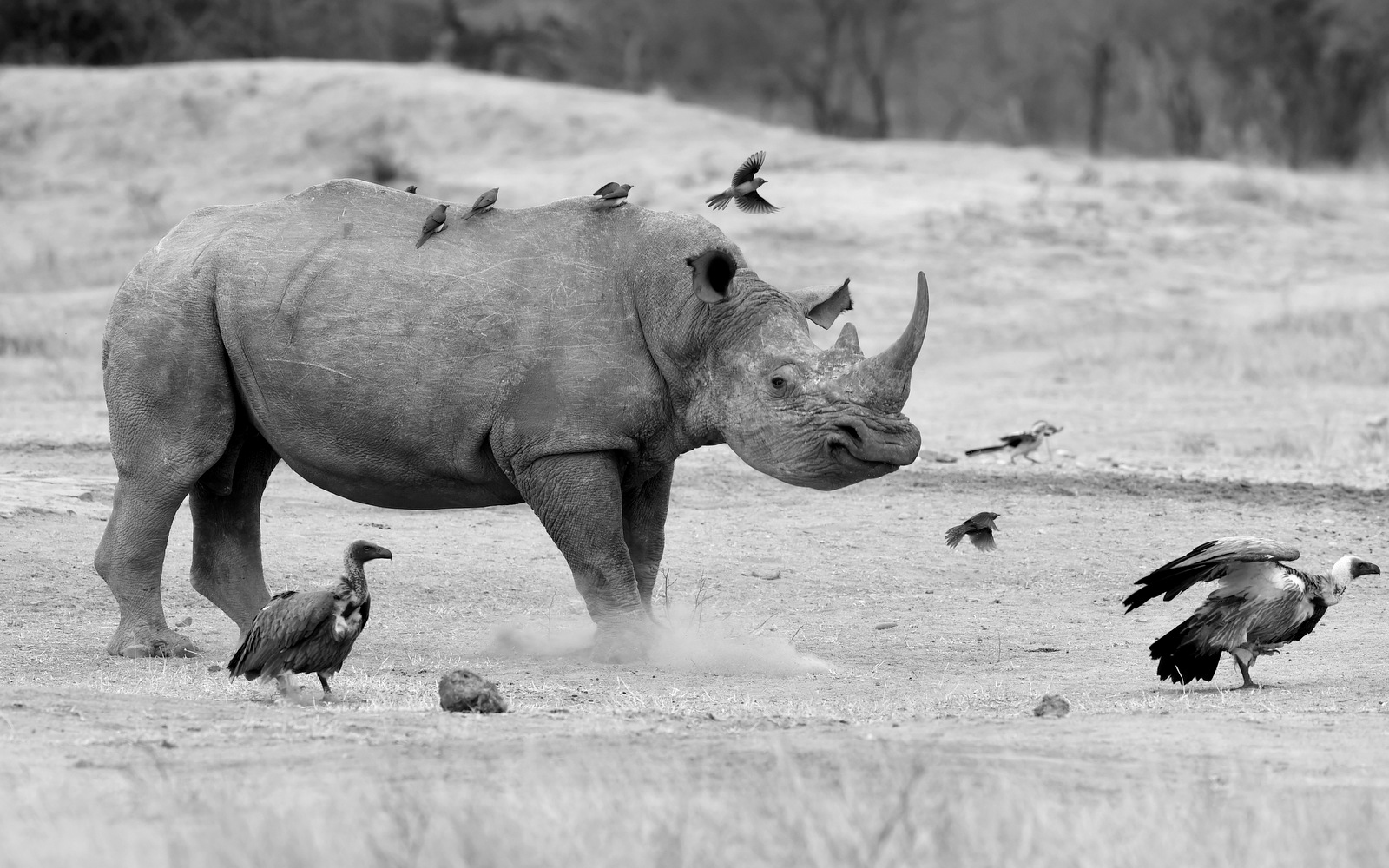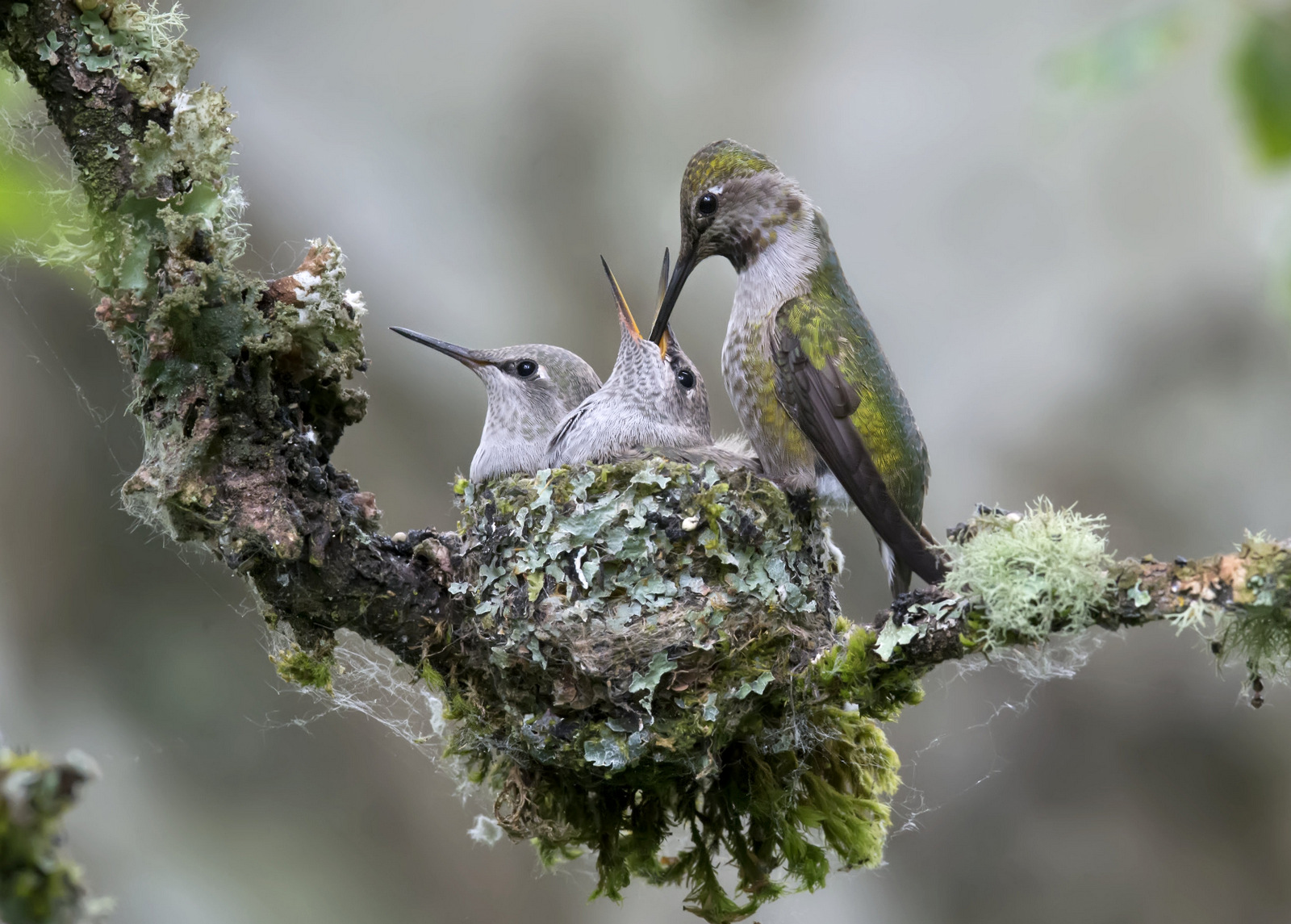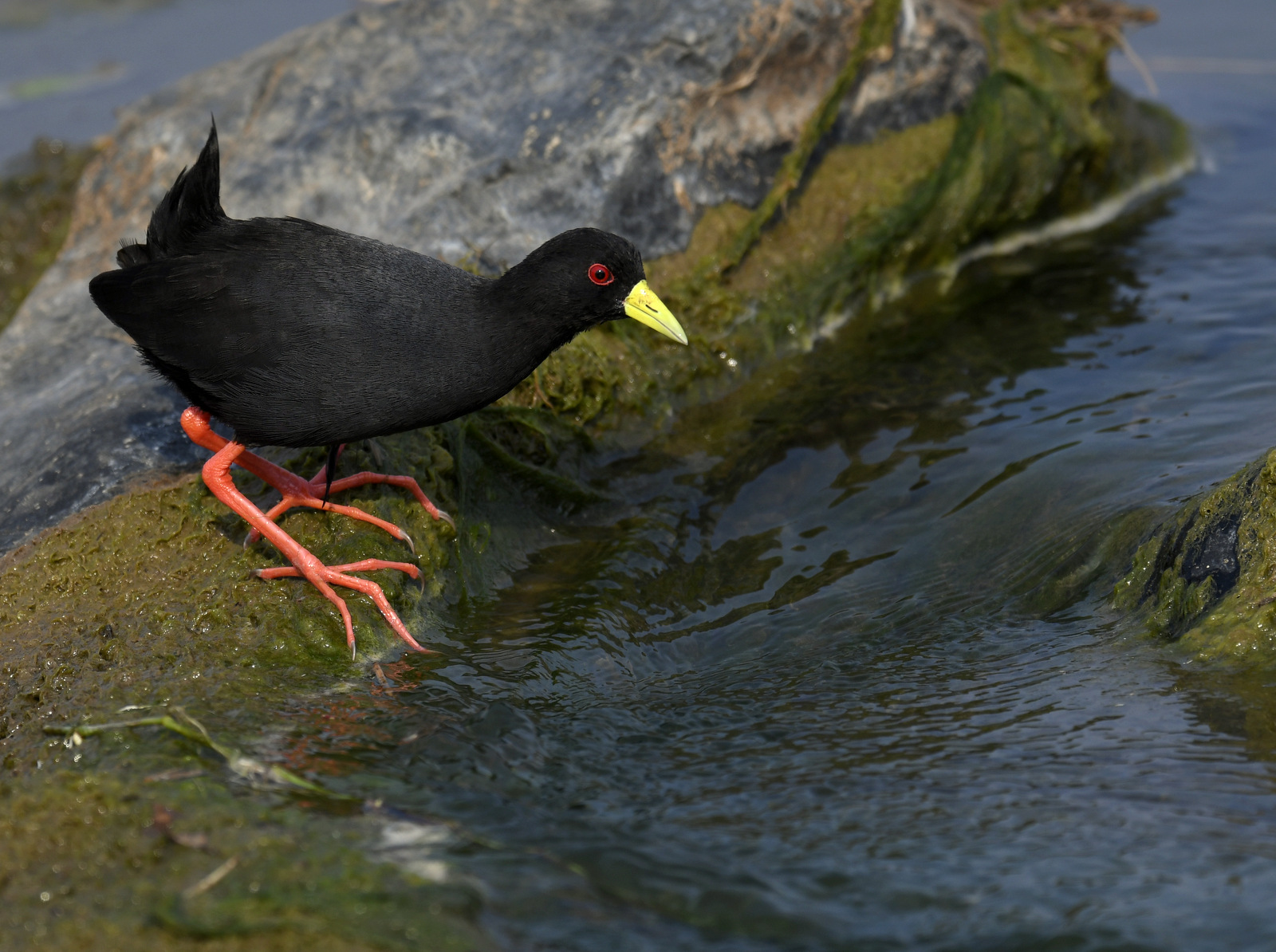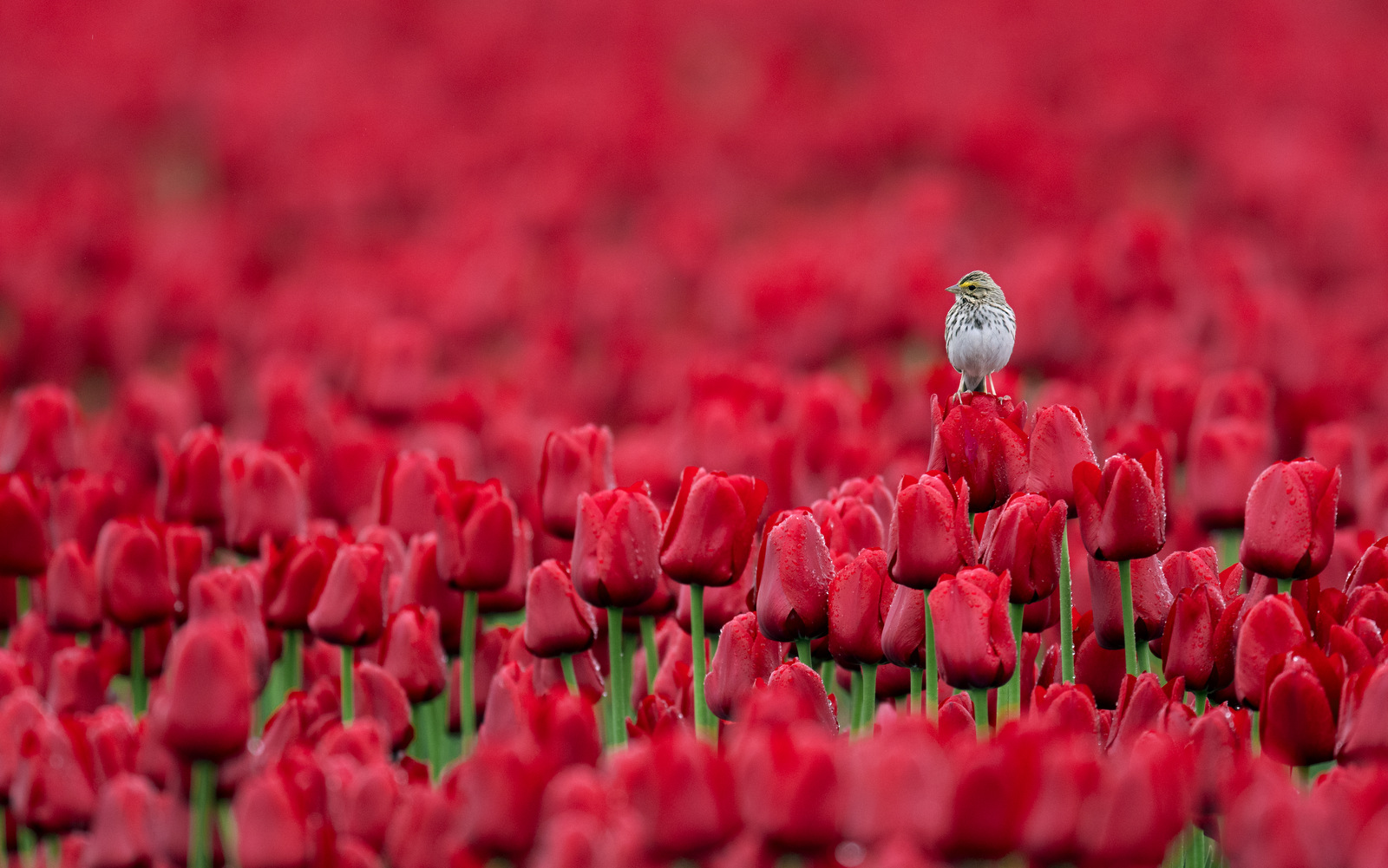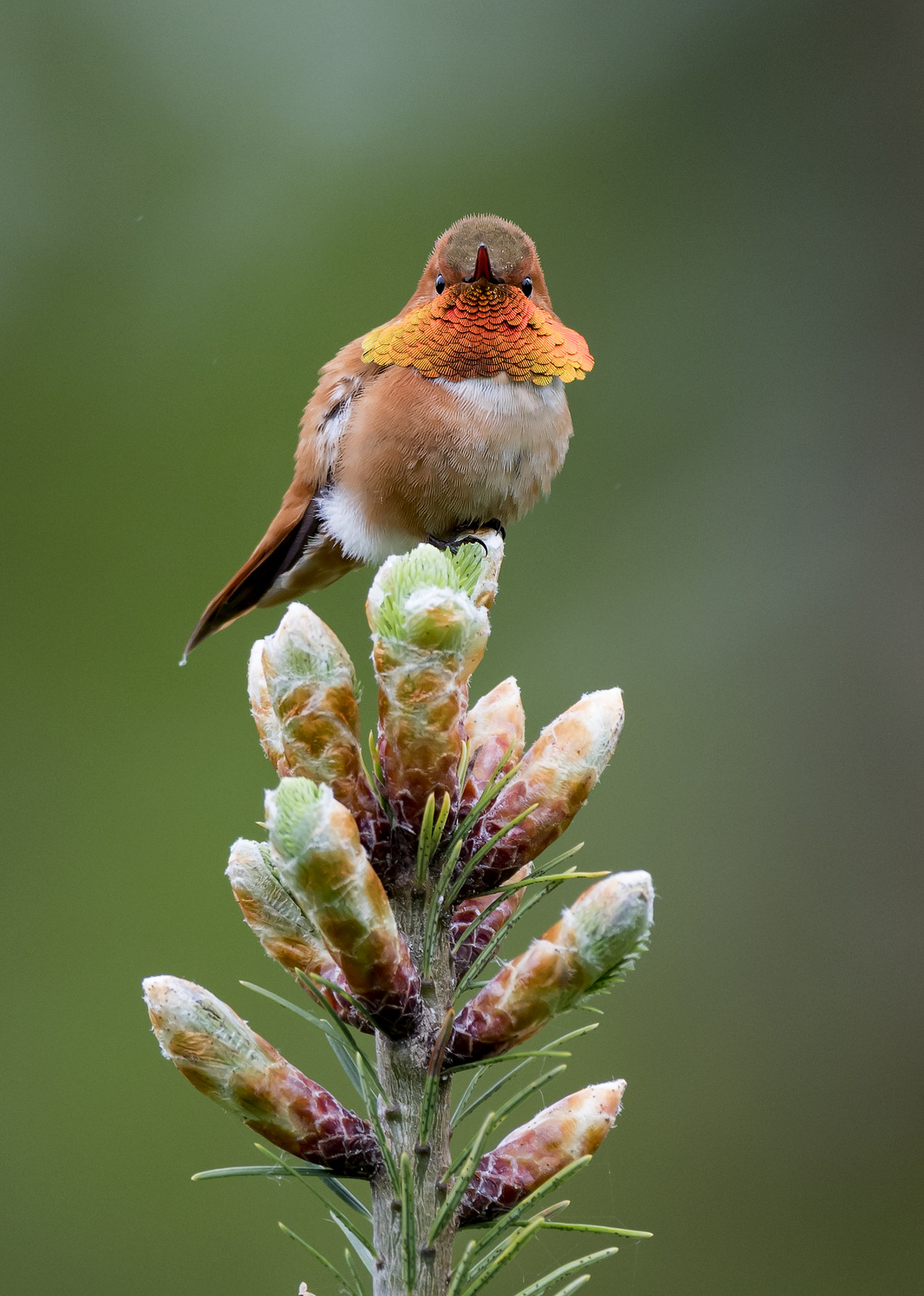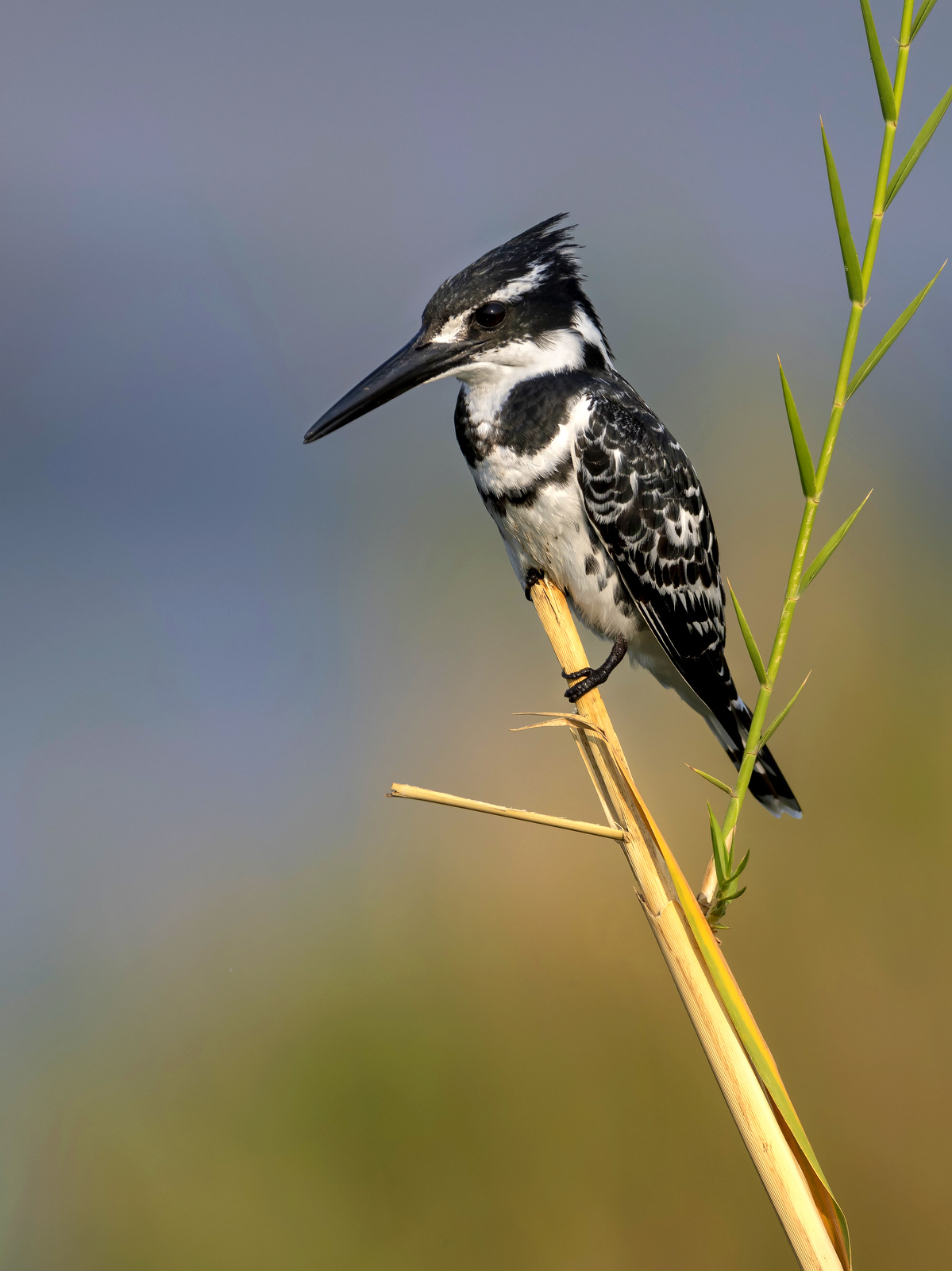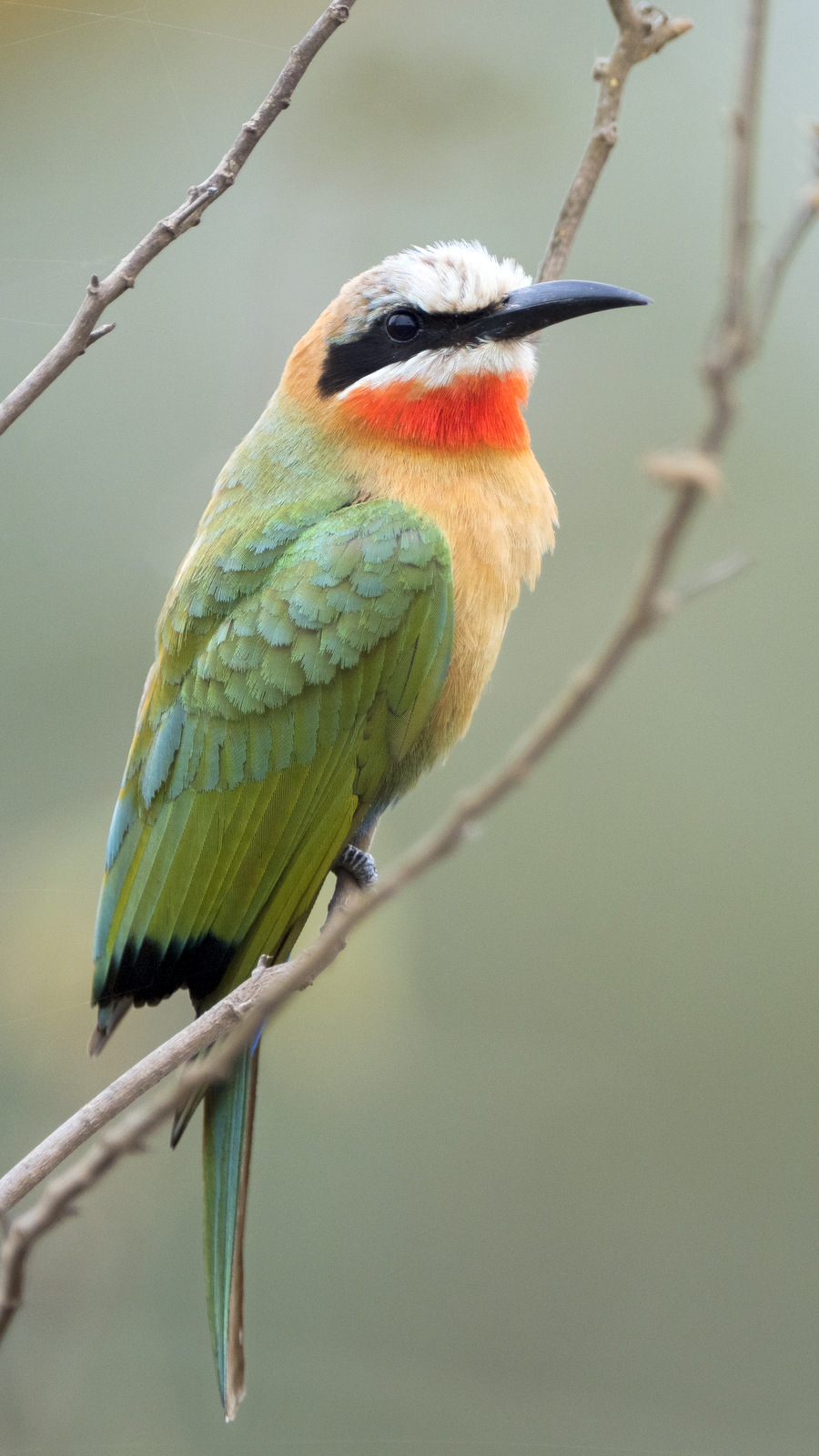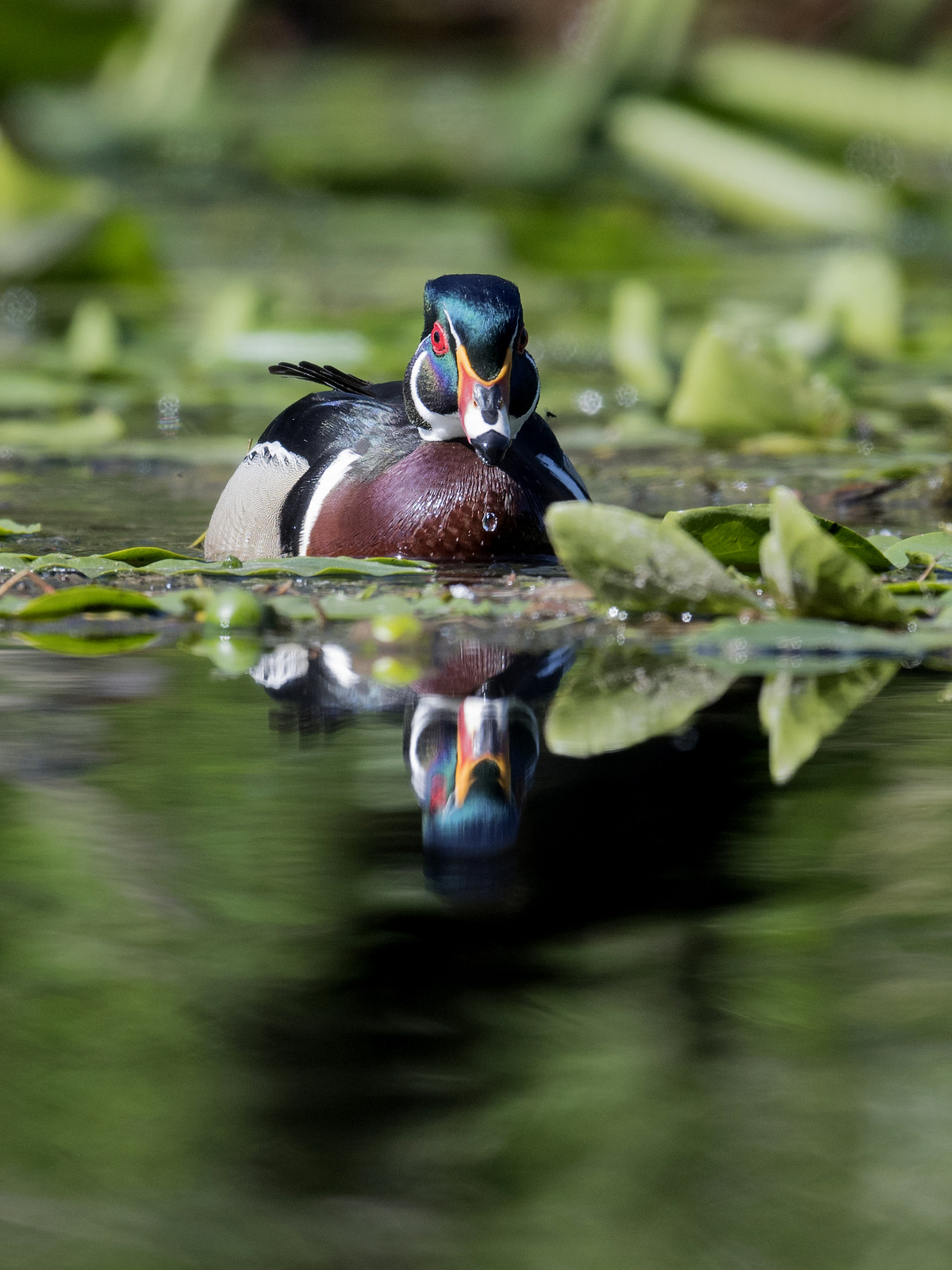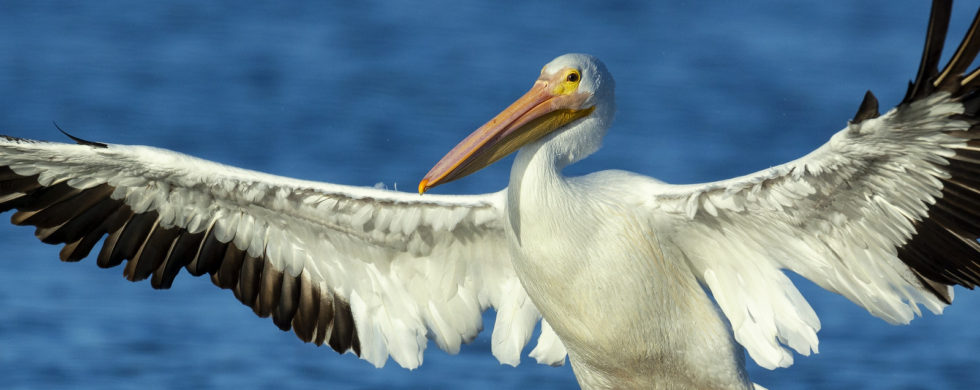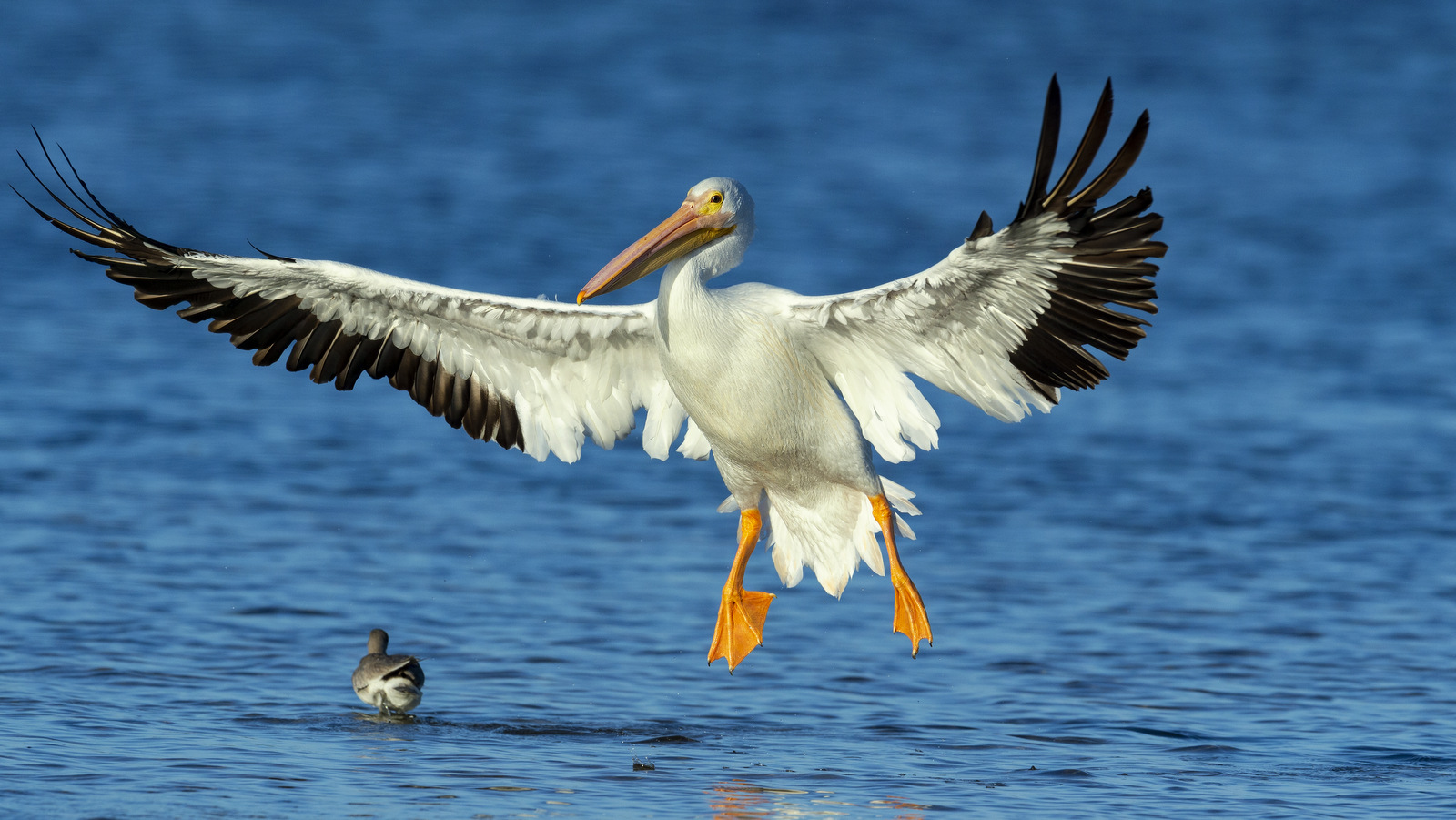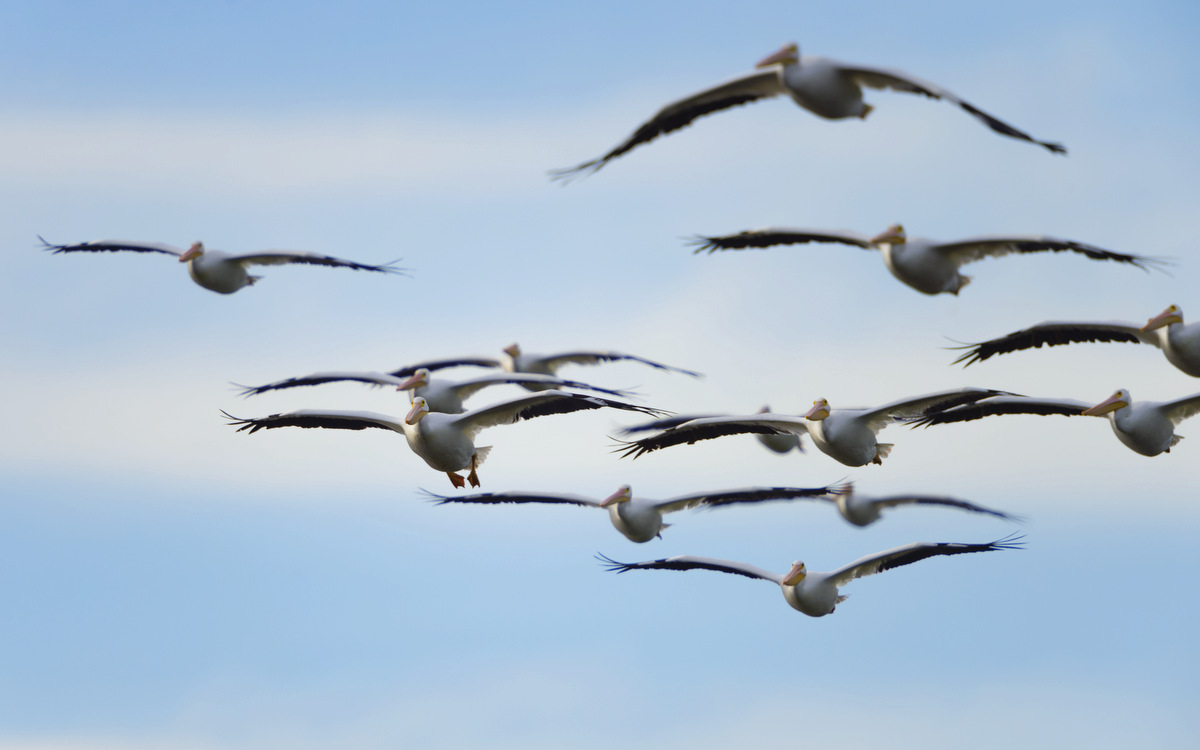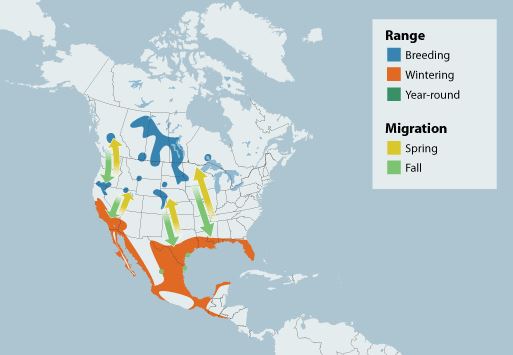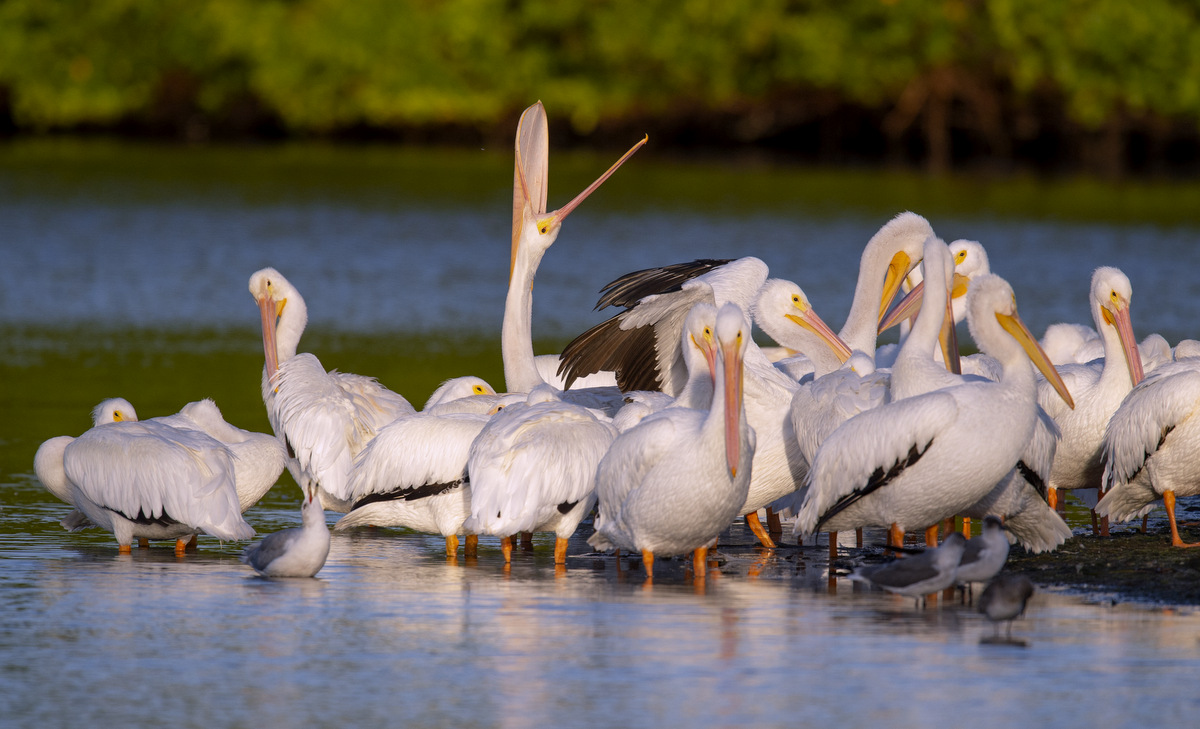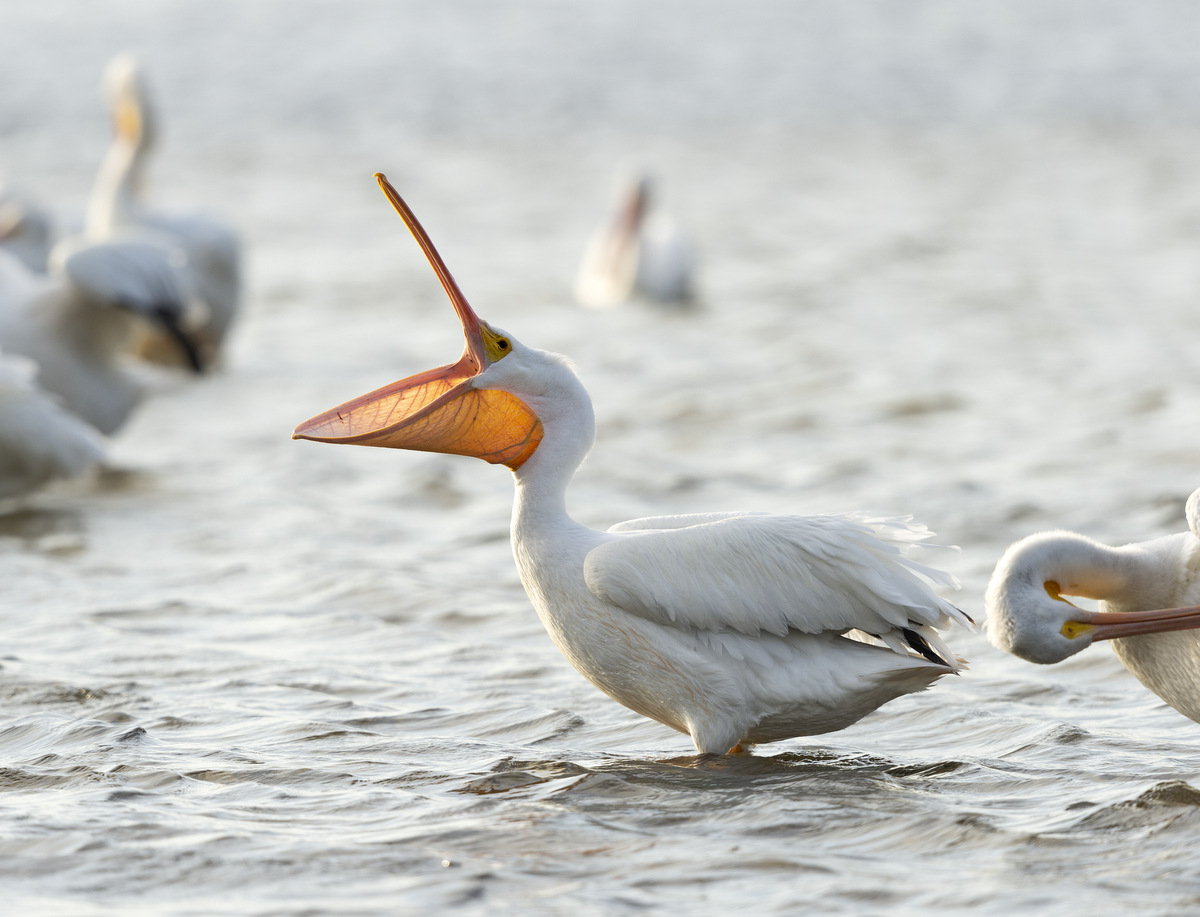31
Shot of the Month – March 2019
What do you do when the “death owl” stares into your soul? Do you reach for your rosary and hope that its powers will protect you? Or perhaps do you stop and take a moment to reflect on a life well, or not so well, lived as you prepare to meet your maker? As a nature photographer, I didn’t have time for such contemplation. I frantically moved my tripod into position and even more frantically tried to find a group of settings that might allow me to photograph this apparition in almost total darkness. An opportunity to capture an image of the common barn owl was truly a supernatural event even though they are the most common owl in the world. The barn owl can be found on every continent except Antarctica (range map)! Despite their wide distribution barn owls are highly nocturnal so they are rarely seen. Sightings are typically fleeting and may last just a few seconds. I happened to find this owl just after first light, but before sunrise (Dawn) so it was still quite dark out. Miraculously, Within a few minutes, I saw this female dive into the tall grass, catch a vole, devour it, and fly off before the sun crested the horizon. And not a single other human was around to witness it but me.
I was left standing there dumbstruck. Did it really happen?
Wait, check your camera! Yes, photographic proof……whew!
The common barn owl is known by many names:
Monkey-face owl/Silver owl/white-breasted owl
These names come from the look of the owl. The scientific name for the species, Tyto alba, means “white owl.”
Church owl/Cave owl/Stone owl/Straw owl
Barn owls prefer open, low-lying habitats and are found around farms, marshes, grasslands, and similar habitats. These owls are cavity nesters and they like holes in trees, fissures in cliff faces, and in Europe and North America they are very fond of old buildings like barns and church towers.
Ghost owl/demon owl/death owl/lich owl (lich is an old term for a corpse)/Hobgoblin owl
In ye olde times many cultures saw the barn owl as an evil omen or a sign of death given their nocturnal habits and terrifying screech. Yeah, these owls do not “hoot” like other owls — their call will curdle your skin. Give a listen:
Yikes!! Imagine hearing this while walking along a dark path.
Barn owls dine mostly on small mammals, particularly rats, mice, voles, and lemmings while they will also prey on shrews, bats, and rabbits. In some locations, they will prey on birds. In North America, voles are the preferred meal. The demon owl has excellent eyesight and can easily find prey at night by sight. However, its hearing is unparalleled and it can find prey in complete darkness by sound alone. Their hearing is aided by the satellite-dish-shaped face and the asymmetrical placement of their ears. Their large wings and relatively small bodies allow the birds to fly slowly, in looping buoyant flight as they listen for movement. Their specialized wing feathers make virtually no noise so creatures below are unaware of the danger just above them. Watch this video below (or here) to appreciate how little noise barn owl wings make:
Given their wide distribution barn owls are numerous though dramatic declines have been seen in some locations as large-scale, mechanized farms destroy their hunting grounds. Also, increased use of pesticides and rodenticides can kill owls who eat poisoned rodents. The barn owl is listed as Endangered in Canada and there are now 10 states in the US that list the barn owl as endangered and another 11 states that list it as a species of Special Concern.
Some potential good news is that more farmers in the US (and around the world) are using barn owls as part of their Integrated Pest Management as an alternative to using poisons. Due to their high metabolic rate, barn owls consume more rodents than just about any other predator. Farms, vineyards, rice fields, sugar cane crops, and orchards can all benefit by installing barn owl nest boxes to increase the owl population and benefit from their rodent-killing ways. How good are they? Well, a barn owl family (parents and chicks) can eat 3,000 rats in a nesting season!
Demon owl?? Nah, for nature lovers and farmers alike, she sounds like a very friendly and beneficial ghost indeed. Let’s hope we can find a way to live in harmony with this wonderful denizen of the night.
Until next month…..m
Nikon D4S, Nikon 600mm f/4, 1/50 sec, ISO 6400,
Sources:

